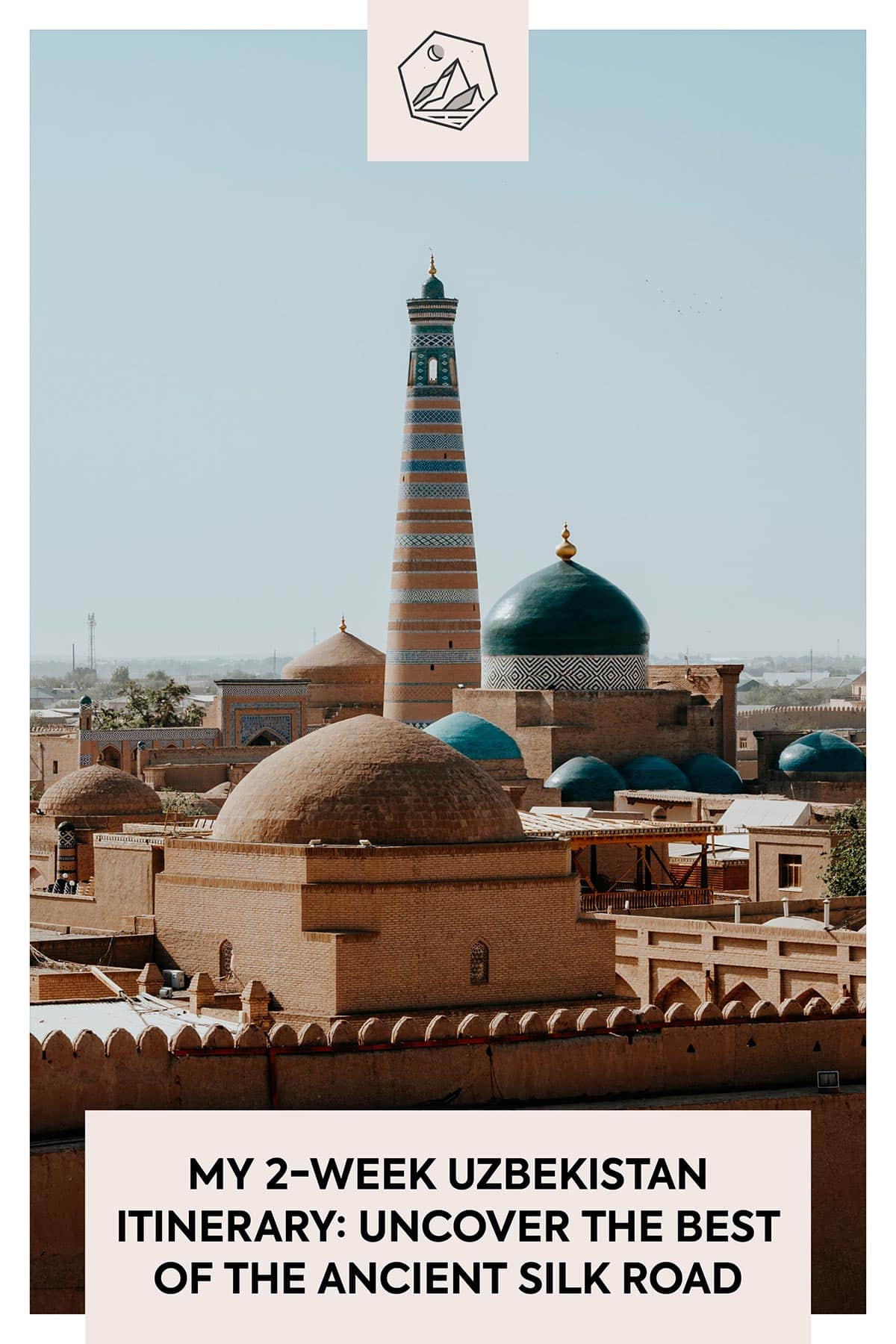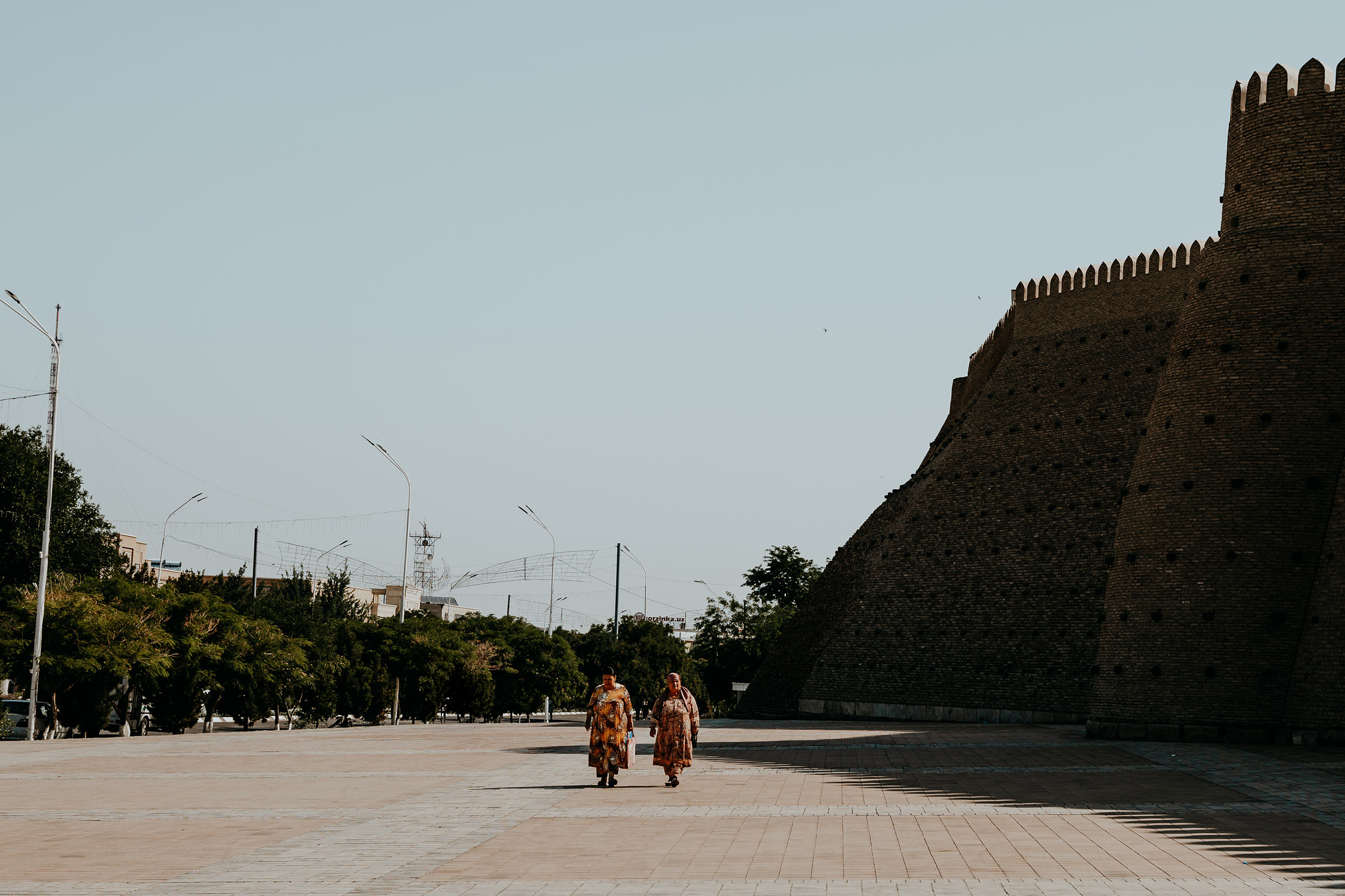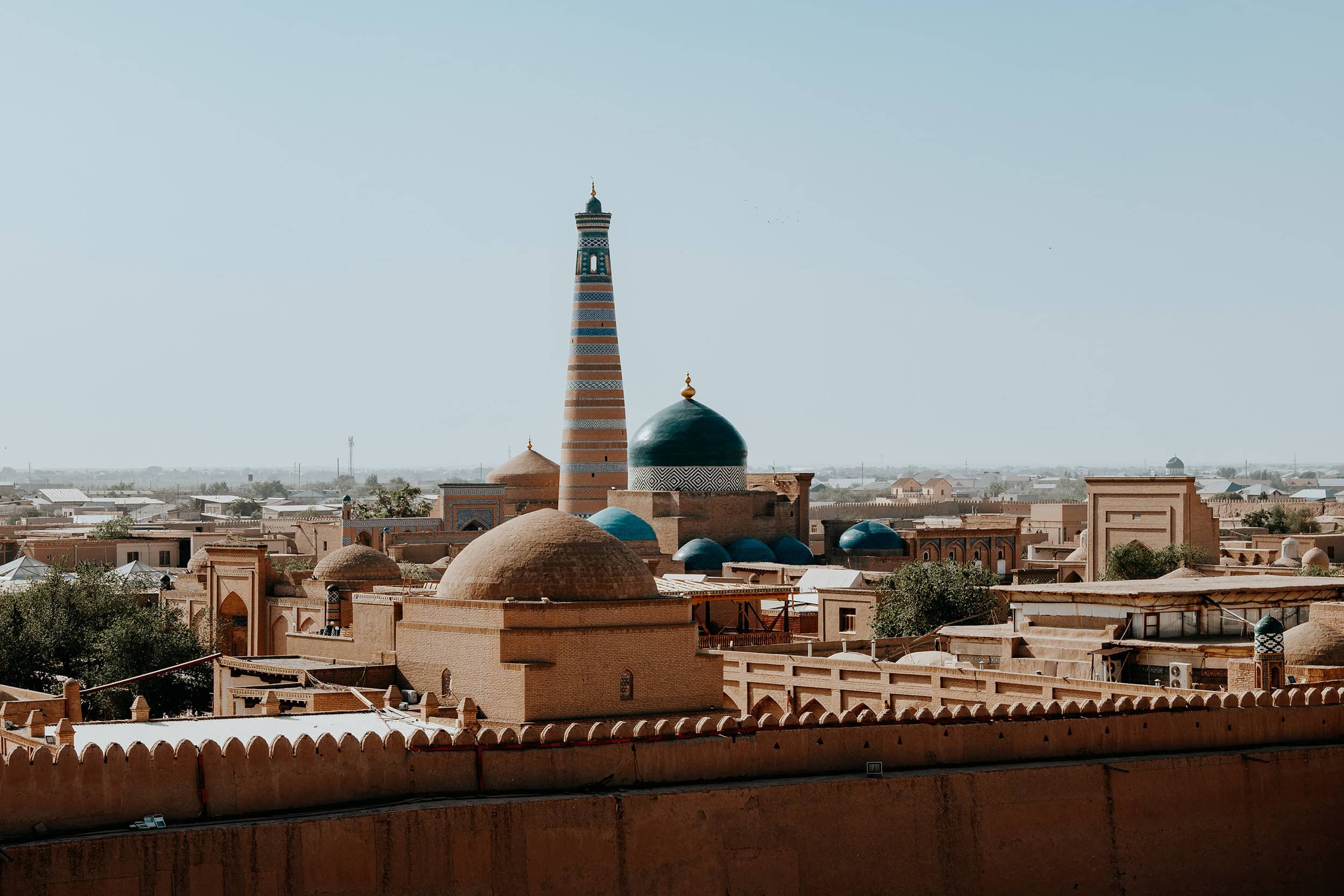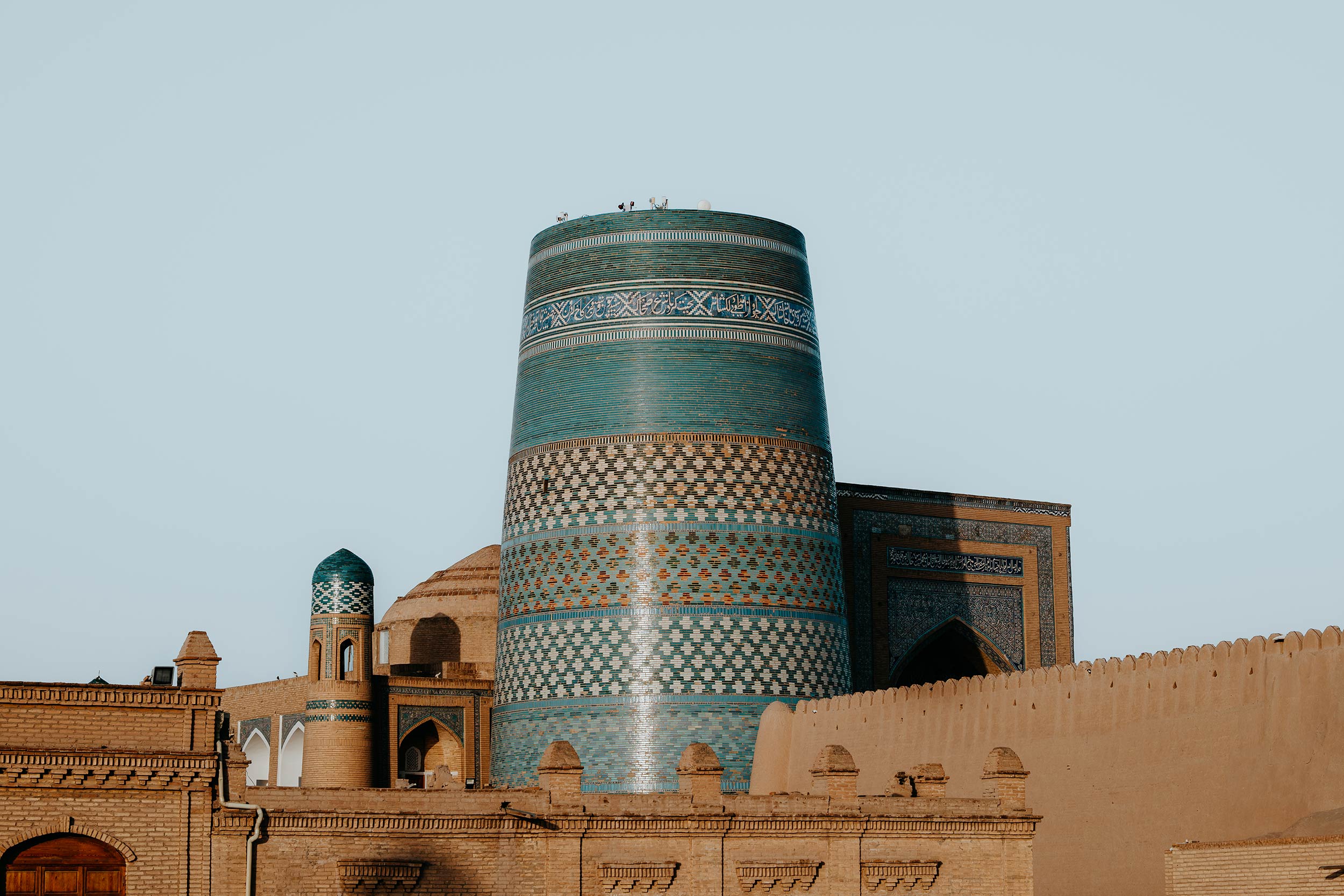In today’s day and age, there remain only a few destinations in the world that evoke the feeling that you’re about to explore an entirely unknown world – Uzbekistan is absolutely one of them.
It’s a mesmerizing country that is still relatively unexplored by the masses, offering travellers an authentic off-the-beaten-path travel experience – one they will not easily forget.
Once the heart and soul of the ancient Silk Road that connected the East and the West, Uzbekistan is a place like nowhere else in the world, and one I’d so eagerly wanted to witness with my own eyes for many years.
This year, I finally packed my bags and ventured to this hidden gem within the increasingly popular Central Asia region, where ancient cities filled with towering minarets, awe-inspiring domes, and intricate tilework, laid the foundation for one of my most memorable trips in 2023.
In just two weeks, I stepped into the footsteps of renowned Italian explorer Marco Polo and uncovered the majestic Silk Road cities of Samarkand, Bukhara and Khiva, where I admired ancient architectural masterpieces, roamed around authentic Central Asian bazaars, and sampled some of the most delicious Uzbek dishes – this trip was a true blessing.
I also took an authentic sleeper train that dated back to Soviet times, watched artisanal craftsmen practise their arts and skills, explored the vibrant capital city of Tahskent, and ate a few too many Ljulja Kebabs here and there – you can’t blame me (those who know, know).
In this in-depth Uzbekistan itinerary, I share my day-to-day itinerary overviews, as well as my first-hand travel advice on where to stay, when to visit, how to get around and more.
Here’s my 2-week itinerary for Uzbekistan, a charming country that will effortlessly awaken the adventurer within you – enjoy this unique once-in-a-lifetime journey.
If you choose to use any of the links on this page, I receive a small commission at no extra cost to you. By using these links, you’ll have a direct impact on WTSW and support me to continue to create free insightful travel content for you. If you find any of my tips useful, you can support me by buying a virtual coffee here.
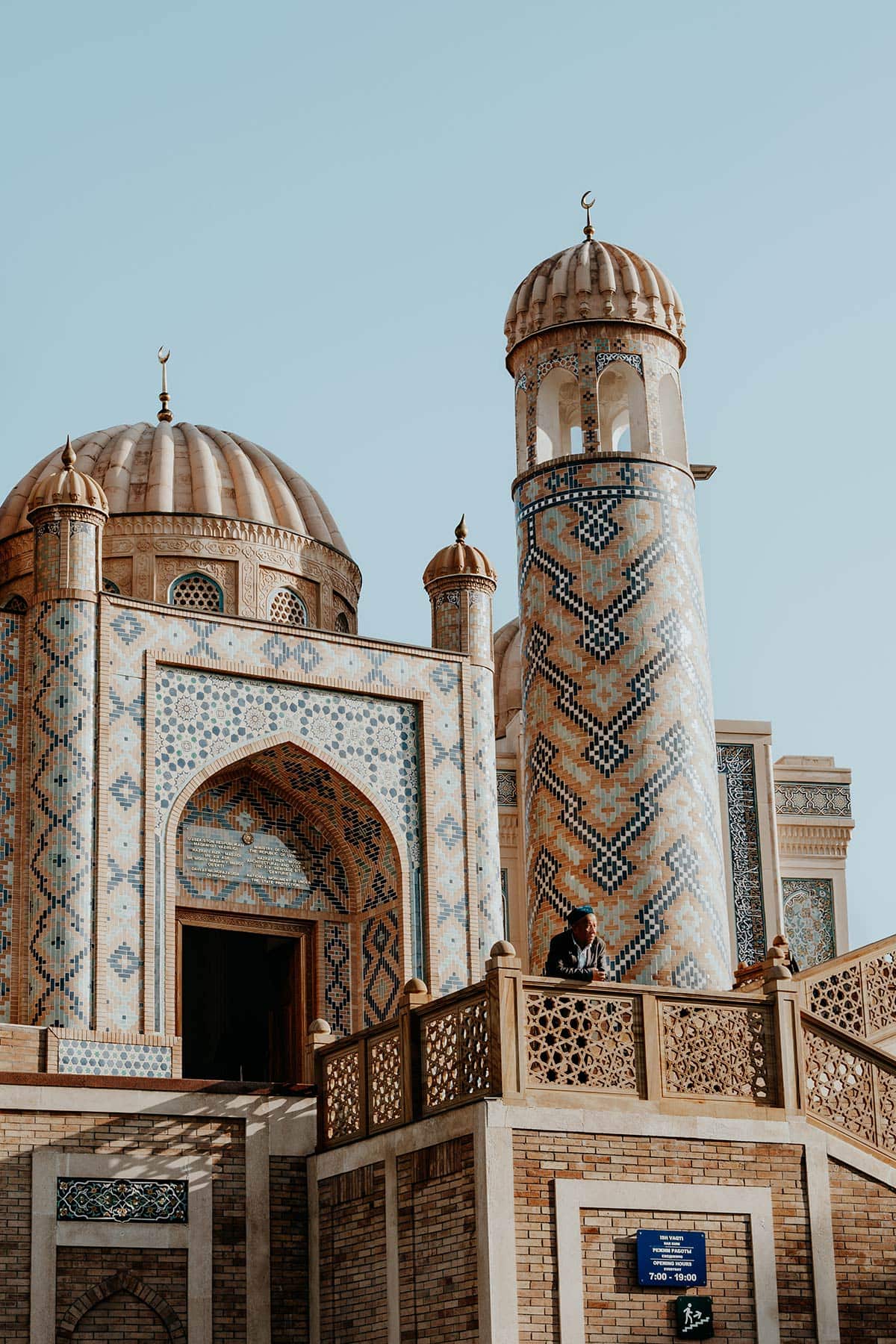
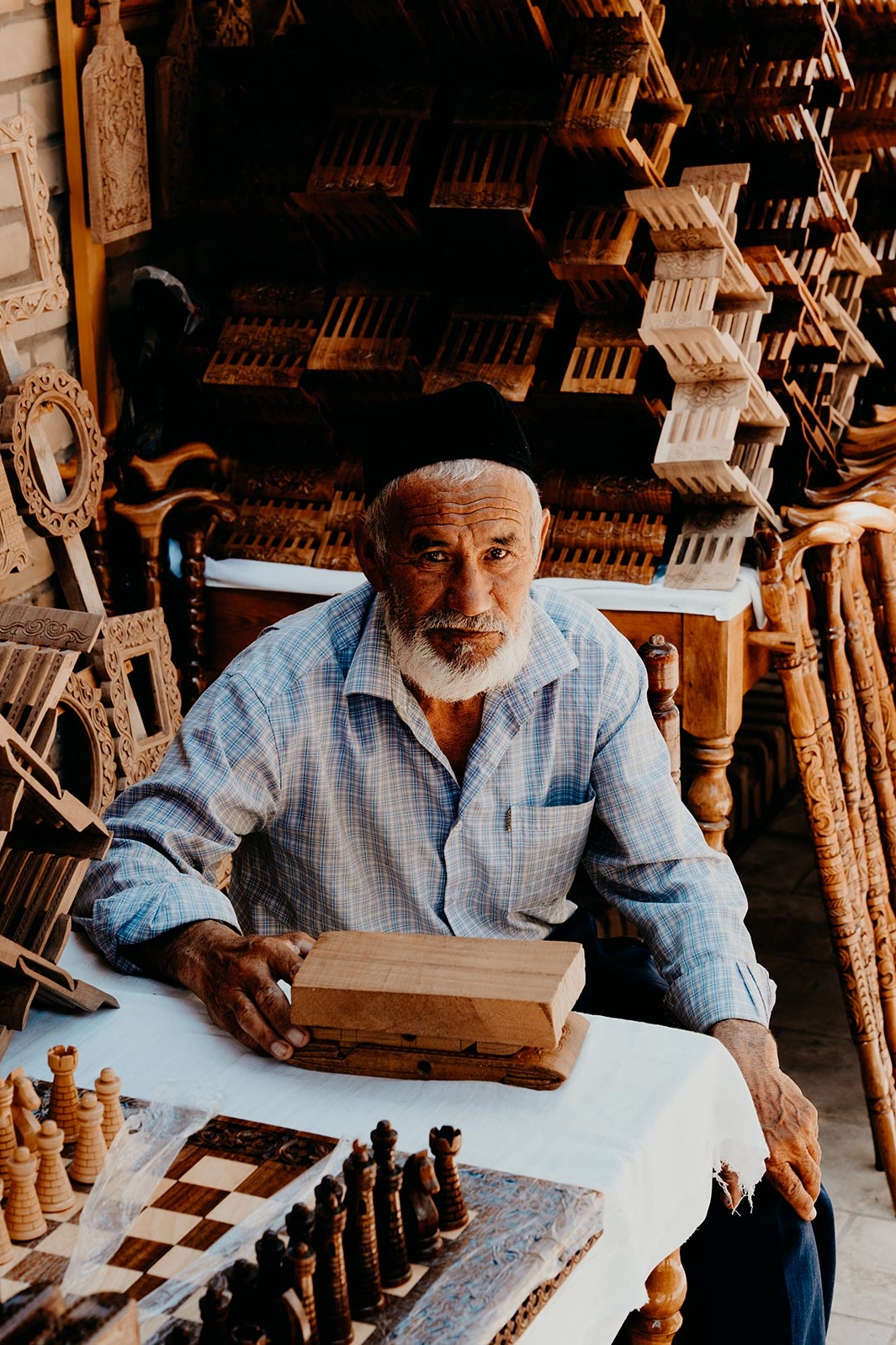
Where is Uzbekistan
Uzbekistan is a fascinating country in the heart of Central Asia and is bordered by five of the ‘Seven Stans’, including Kazakhstan, Kyrgyzstan, Tajikistan, Afghanistan and Turkmenistan.
Once one of the most important places along the ancient Silk Road due to its exceptional strategic position, Uzbekistan is an intriguing melting pot where world cultures intertwine, as it connects civilizations from the East and West.
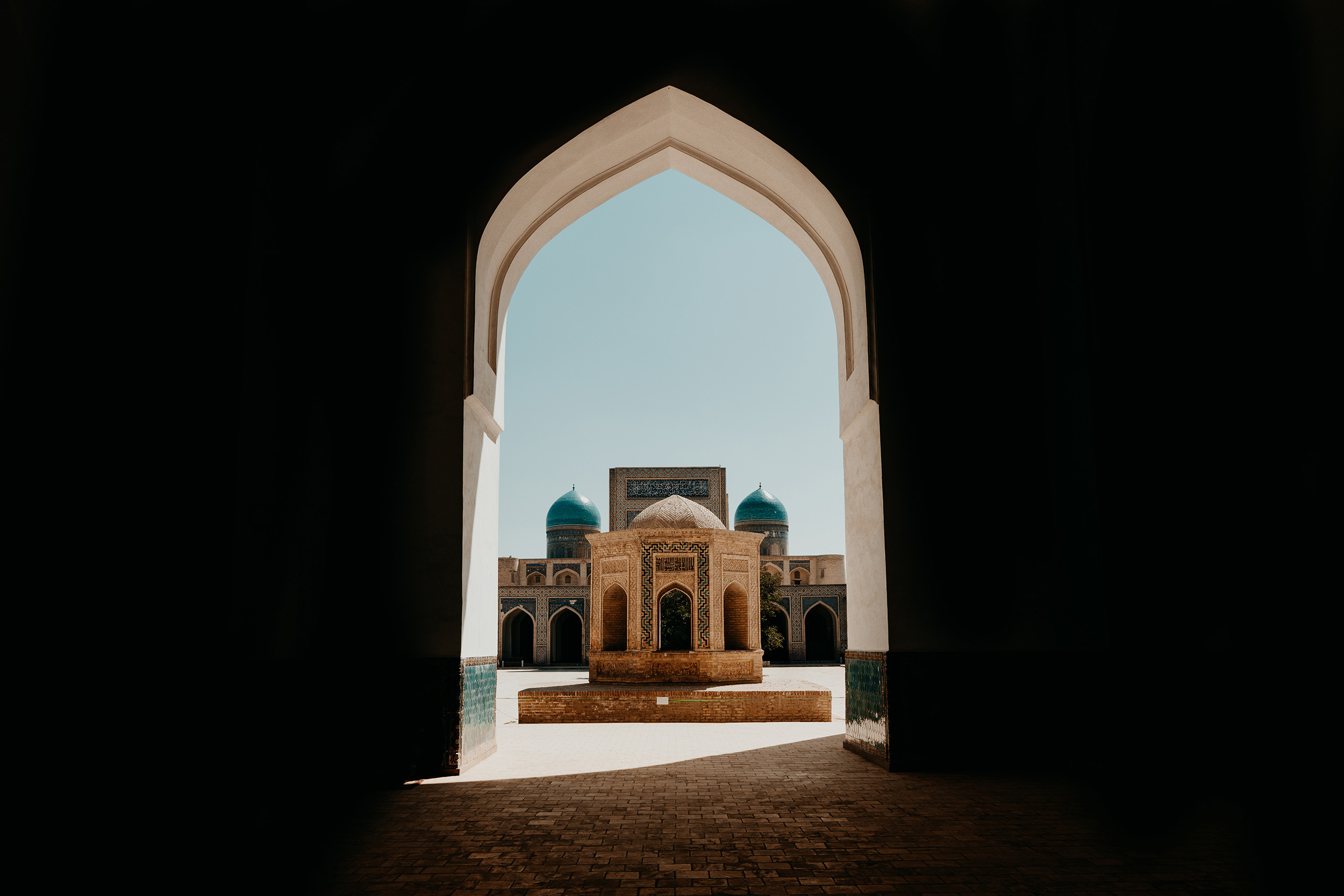
Where to stay in Uzbekistan
Even though Uzbekistan is relatively new to tourism, accommodation to suit any travel style and budget can be found here.
Whether you’re after a budget-friendly hostel, a boutique-style luxury hotel, or something in between, Uzbekistan has no shortage of excellent accommodation options waiting for your visit.
One of the first things I noticed, was that the standard of accommodation in Uzbekistan is very good, yet exceptionally cheap in comparison to equivalent options found in the Western world.
Those travelling on a budget could find accommodation for as cheap as €20,- per night, while those keen to splurge have tons of options to choose from in the €50 – €200 range.
Hotels & Guesthouses | Find the best hotels and guesthouses in Uzbekistan on Booking.com
Hostels | Find your hostel in Uzbekistan here
I’ve also listed the accommodation where I stayed during my time in Uzbekistan, which can be found at the end of every destination within this itinerary.
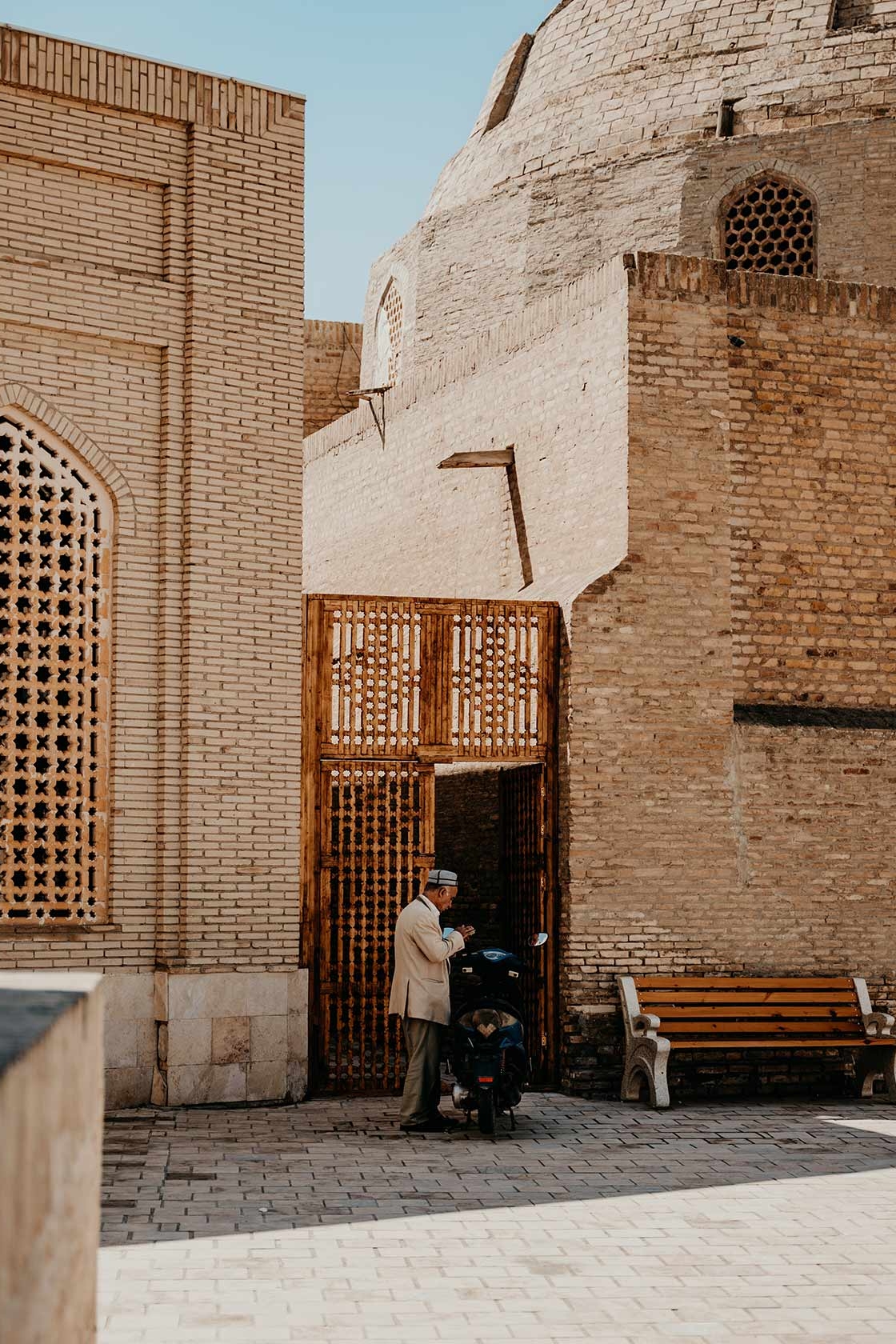
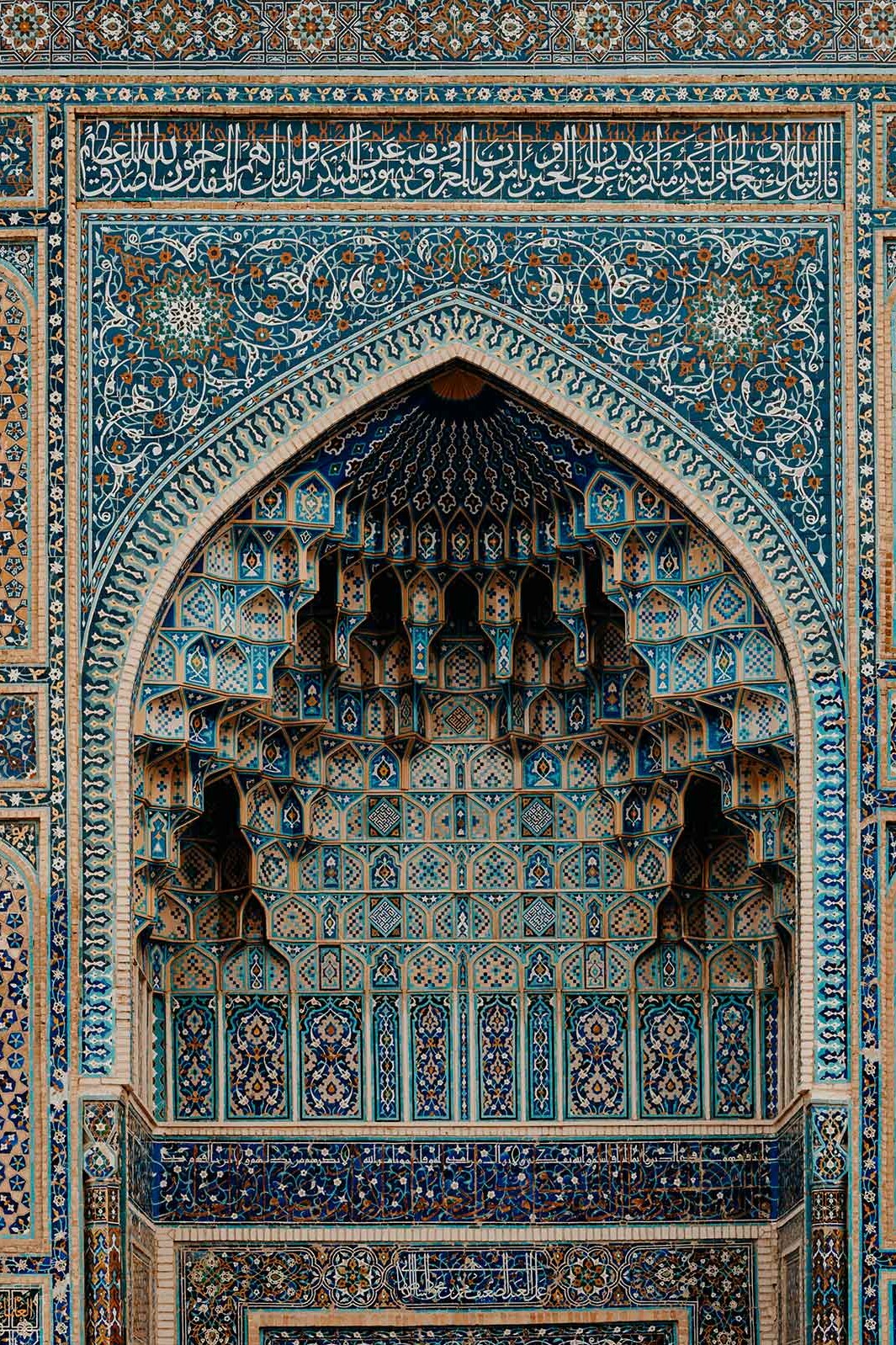
My 2-week Uzbekistan itinerary | Day-by-day
Day 1 – 3 | Tashkent
In most cases, your first point of call on your Uzbekistan itinerary will be Tashkent, the country’s lively capital, where you’ll find the international airport and most likely enter the country.
Known as the largest city in Central Asia, Tashkent is in my opinion a little undervalued compared to other more famous Silk Road cities in Uzbekistan, and therefore often used only as a stepping stone to Samarkand, Bukhara and Khiva.
I, on the other hand, absolutely loved Tashkent and what it had to offer and would clearly recommend spending at least two days here to get one’s bearings and enjoy the many fascinating historical sights.
It’s a city that marches to the beat of its own drum, with a plethora of cultural and historical heritage, enchanting architecture, both modern and old, while having no shortage of excellent restaurant options too.
Though I hope you’ve read my guide to Tashkent (coming soon), here are some suggestions to get a better understanding of Tashkent:
- Roam around the Chorsu Bazar, and experience the hustle and bustle of local life
- Explore the Hazrat Imam Complex – and admire the Samarkand Kufic Quran, which is widely considered the oldest Quran in the world
- Take a look around Tashkent’s impressive Amir Temur Square and enjoy the many surrounding sights
- Visit the Memorial to the Victims of Repression – an impressive memorial dedicated to the people who fought for the independence of Uzbekistan during the times of the Soviet Union
- Sample exceptional Central Asian food – some of my favourite restaurants include Plov City and Na Nebe
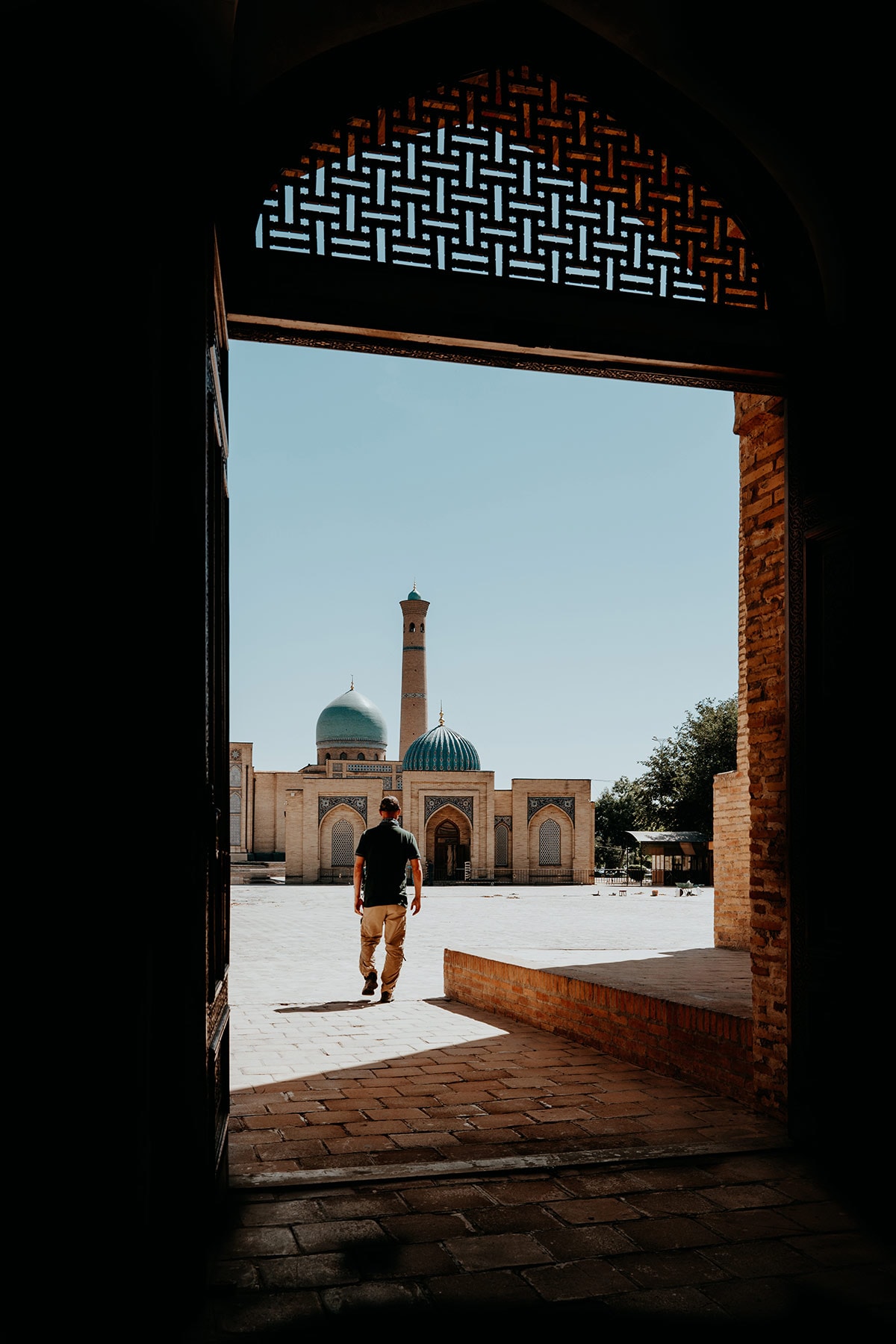
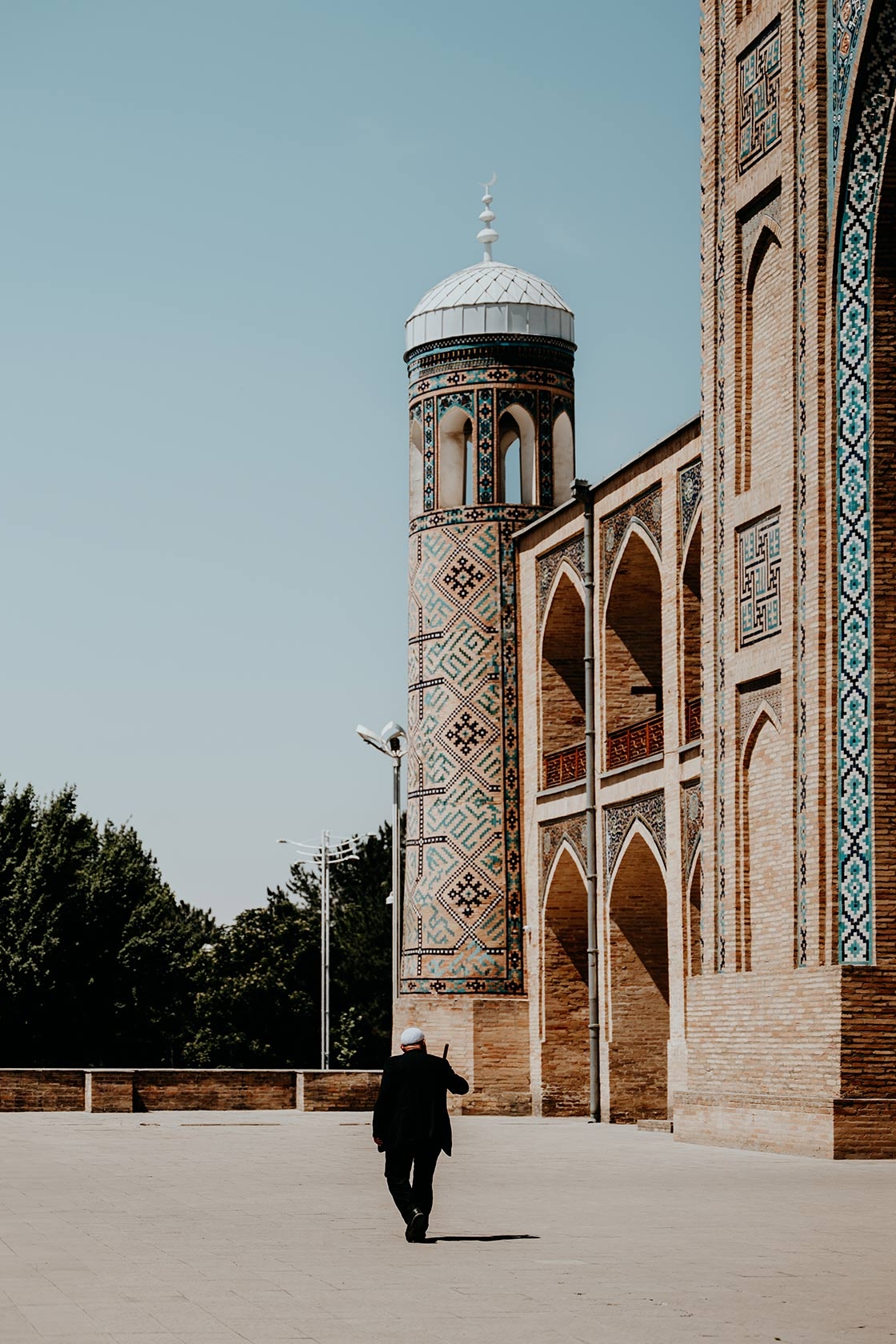
Where | Tashkent
Where to stay in Tashkent | I stayed in the stylish Hyatt Regency Tashkent, which was such a comfortable experience after a long flight. Prices and availability here.
You can find alternative accommodation options in Tashkent here.
Read more | For all the best things to see and do in Tashkent, check out my guide here.
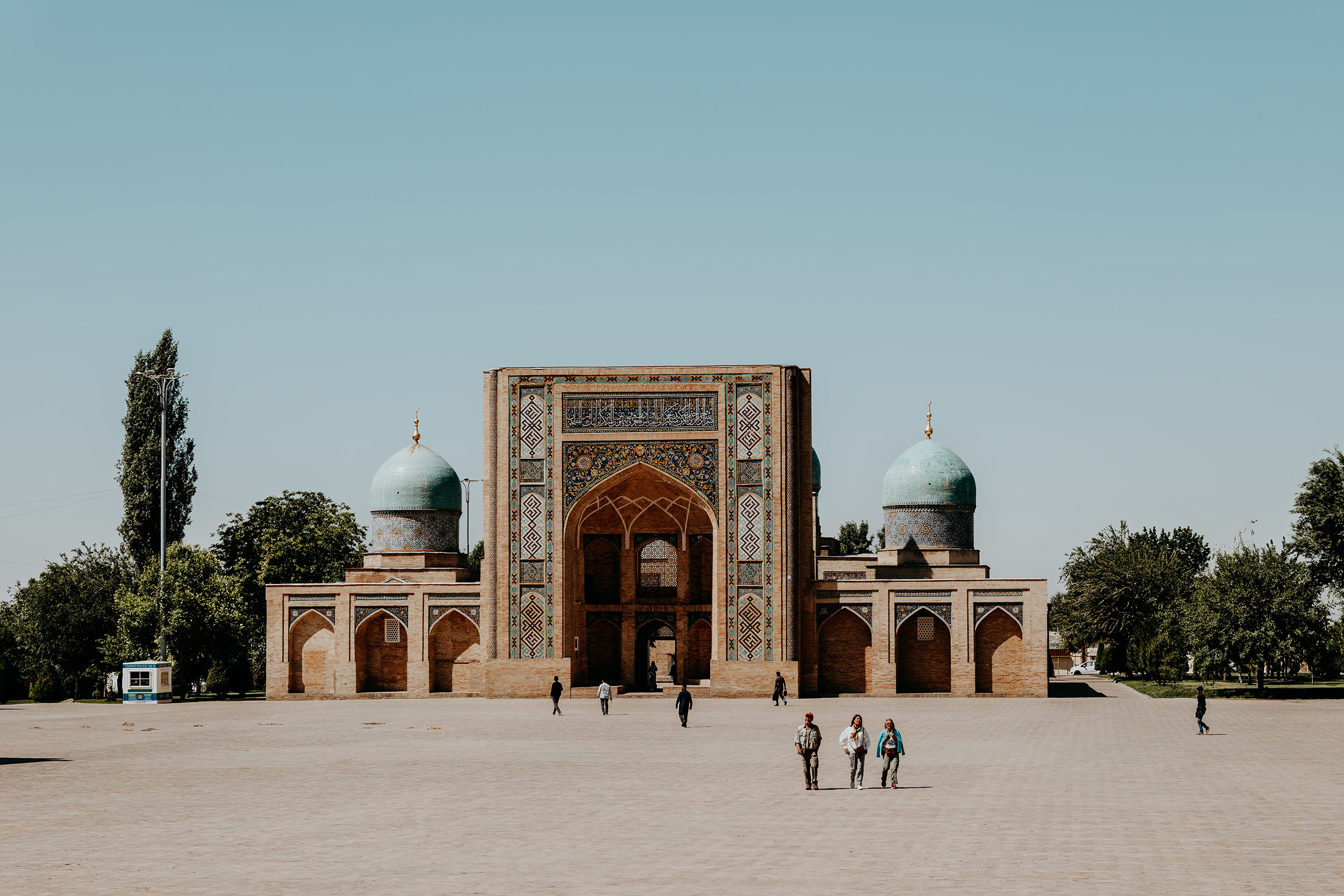
Day 3 – 6 | Samarkand
After a few days exploring Tashkent, it’s time to jump aboard the high-speed train to Samarkand, one of the oldest cities in the world and easily one of the most appealing destinations on this two-week Uzbekistan itinerary.
Often nicknamed the crossroads of world cultures, Samarkand was once one of the most important settlements along the Silk Road, which is still very much noticeable at present, given the many breathtaking architectural masterpieces that were left behind.
Due to its exceptional strategical position, Samarkand has always been of great significance, and therefore the city has attracted the attention of many famous conquerors throughout its 2500 years of history, including the likes of Alexander the Great, Genghis Khan and Timur (Tamerlane) to mention but a few.
Samarkand also sparked the interest of renowned world traveller Marco Polo, who is widely known for his travels along the ancient Silk Road.
Following his footsteps to this stunning UNESCO World Heritage sight is truly something out of this world and an absolute highlight on any Uzbekistan itinerary.
Given Samarkand is Uzbekistan’s most famous stop, it does get super busy here, especially when visiting during the peak of high season.
Here are some of my favourite places to visit in Samarkand:
- Visit Gur-e-Amir and discover the resting place of the great conqueror Tamerlane
- Discover amazing local art at the Happy Bird art gallery
- Explore the extensive Registan Square, by far the best-known place in Uzbekistan
- Behold the intricate architecture of the Samarkand school at the Hazrat Khizr Mosque
- Explore the opulent mausoleums of Shakhi-Zinda – my favourite place in Samarkand
- Visit the Bibi Khanum Mosque and explore the extensive courtyard
- Take a wander around the Siab Bazaar, and mingle with the locals
+ Read more | For a more thorough approach, make sure you check out my in-depth guide to Samarkand for inspiration, travel advice and the essentials.
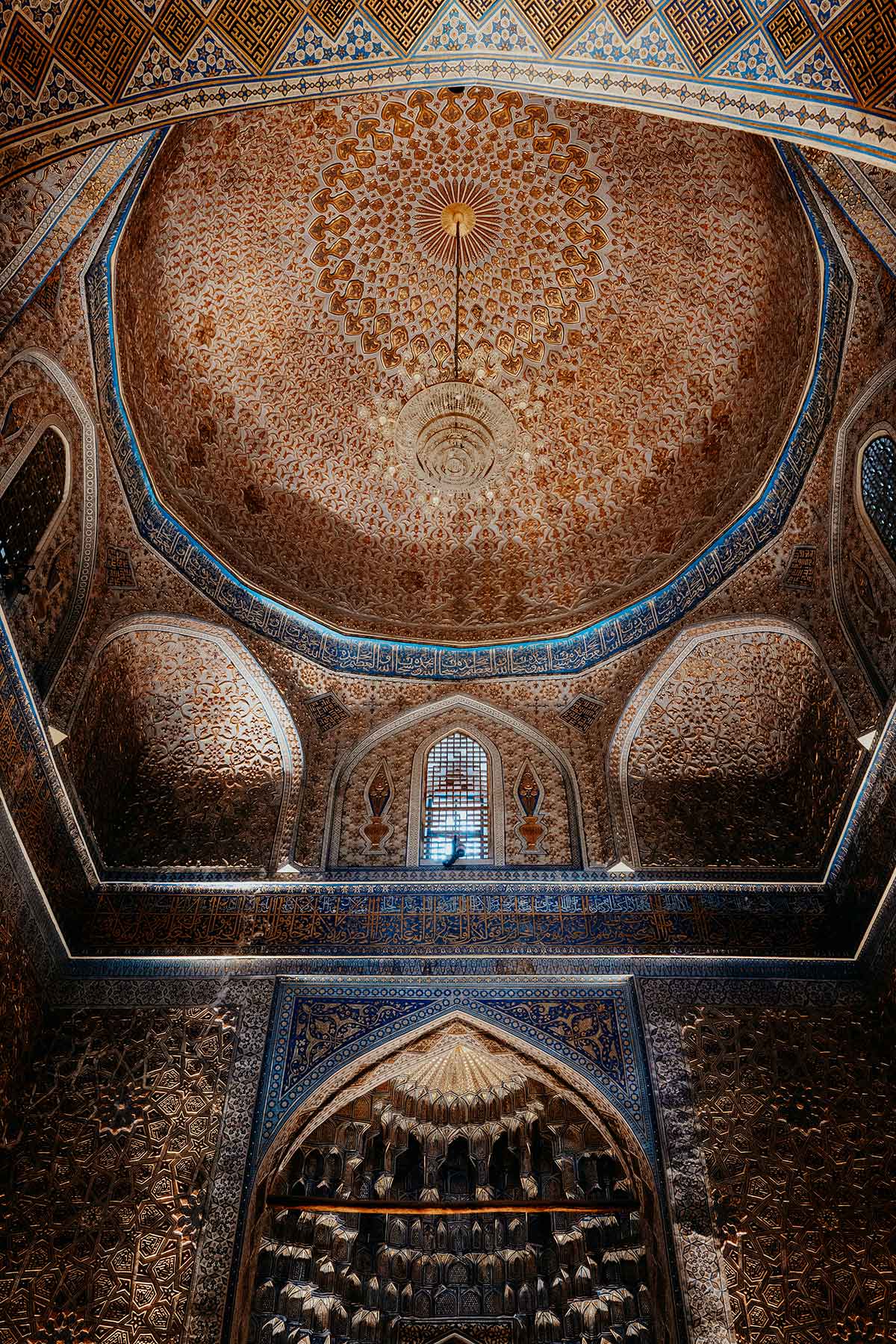
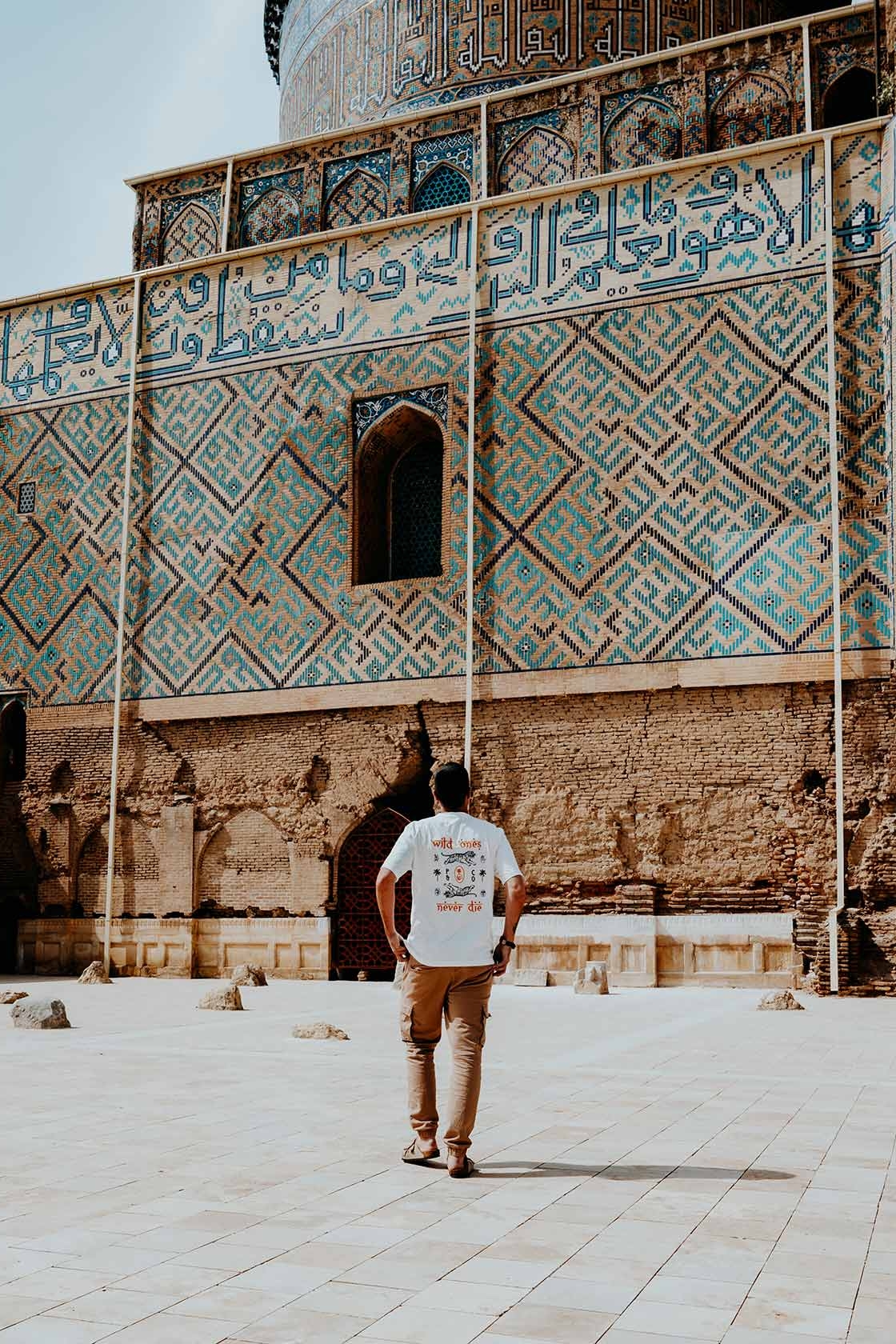
Where | Samarkand
Where to stay in Samarkand | Malika Prime Hotel is a semi-luxury option and a great bang for your buck. Prices and availability here.
Search alternative accommodation options in Samarkand here.
How to get from Tashkent to Samarkand | The journey is best done by the Afrosiyob high-speed train, and takes about 2 hours. It’s scenic, relaxed and pretty straightforward. The high-speed train departs 5 times a day, for up-to-date information, see here.
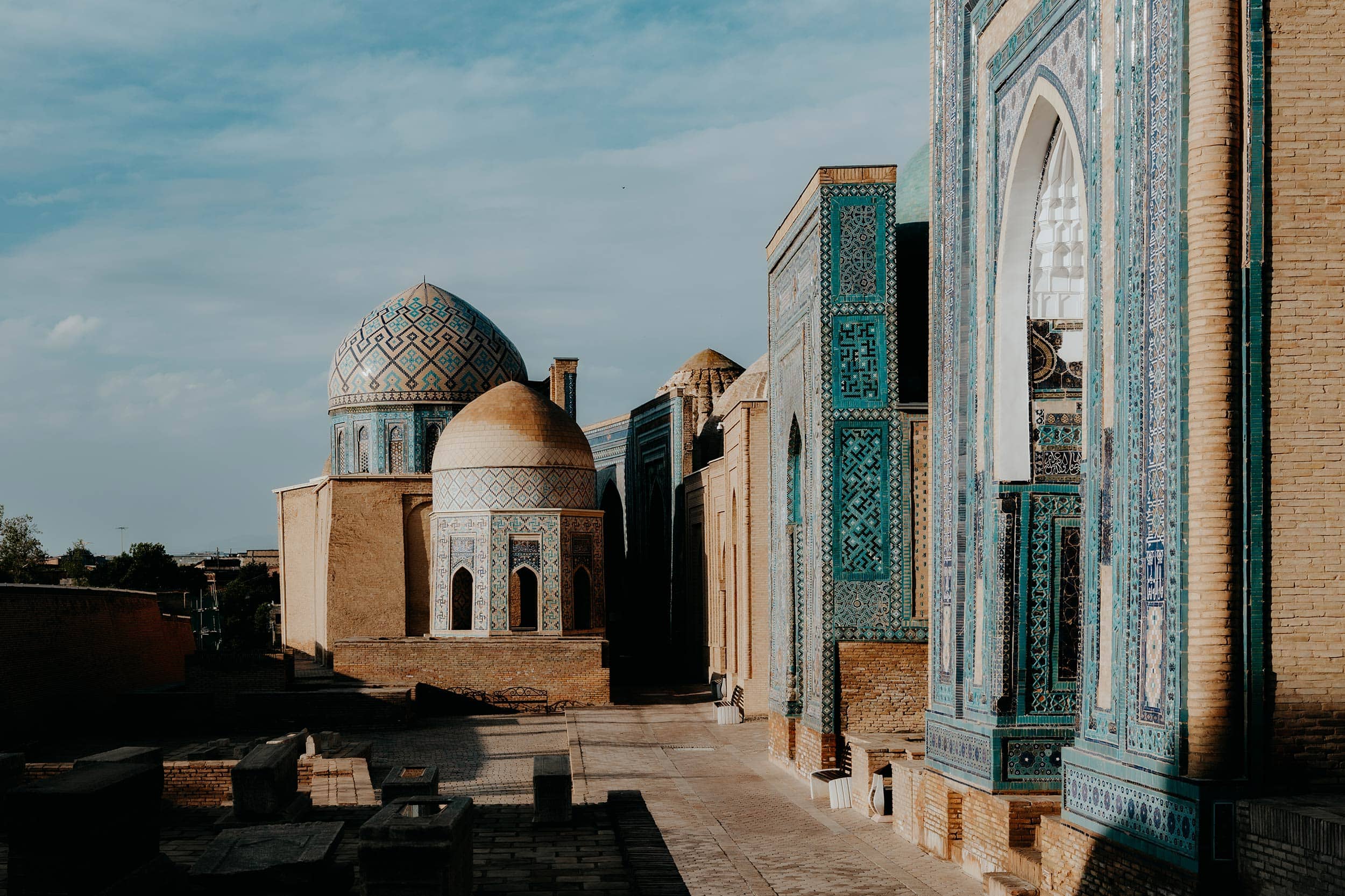
Day 6 – 9 | Bukhara
Next up on this Uzbekistan itinerary is Bukhara, one of Central Asia’s greatest trading cities during the Silk Road era, and nowadays recognised as a UNESCO World Heritage Site.
And that’s for an excellent reason.
Tucked away in the heart of Uzbekistan, Bukhara is one of the finest examples of ancient Islamic cities in Central Asia, with a wealth of architectural wonders and cultural treasures.
Today, a great deal of Bukhara’s urban layout dates back to the Sheibanid period (1500-1601) and has remained largely untouched, with mesmerizing remnants of the great past to be found in just about every nook or cranny of this mesmerizing city – it is said that Bukhara is home to more than 140 architectural monuments.
All in all, there’s just something special about Bukhara, and while there are plenty of must-see sights, I firmly believe this charming city is best enjoyed on a wander without a plan.
Having said that, some of the best things to see and do include:
- Take an early morning stroll through the historic centre of Bukhara
- Visit the charming Chor Minor mosque, a Bukhara hidden gem
- Admire the intricate Bolo Hauz Mosque
- Wander around the 11th-century Po-i Kalyan Complex
- Shop some souvenirs at the Toqi Telpak Furushon
- Walk along the Ark of Bukhara – and skip entering the fortress itself
- Sample flavourful local cuisine at Minzifa Restaurant
+ Read more | For all the best things to see and do in Bukhara, check out my guide here.
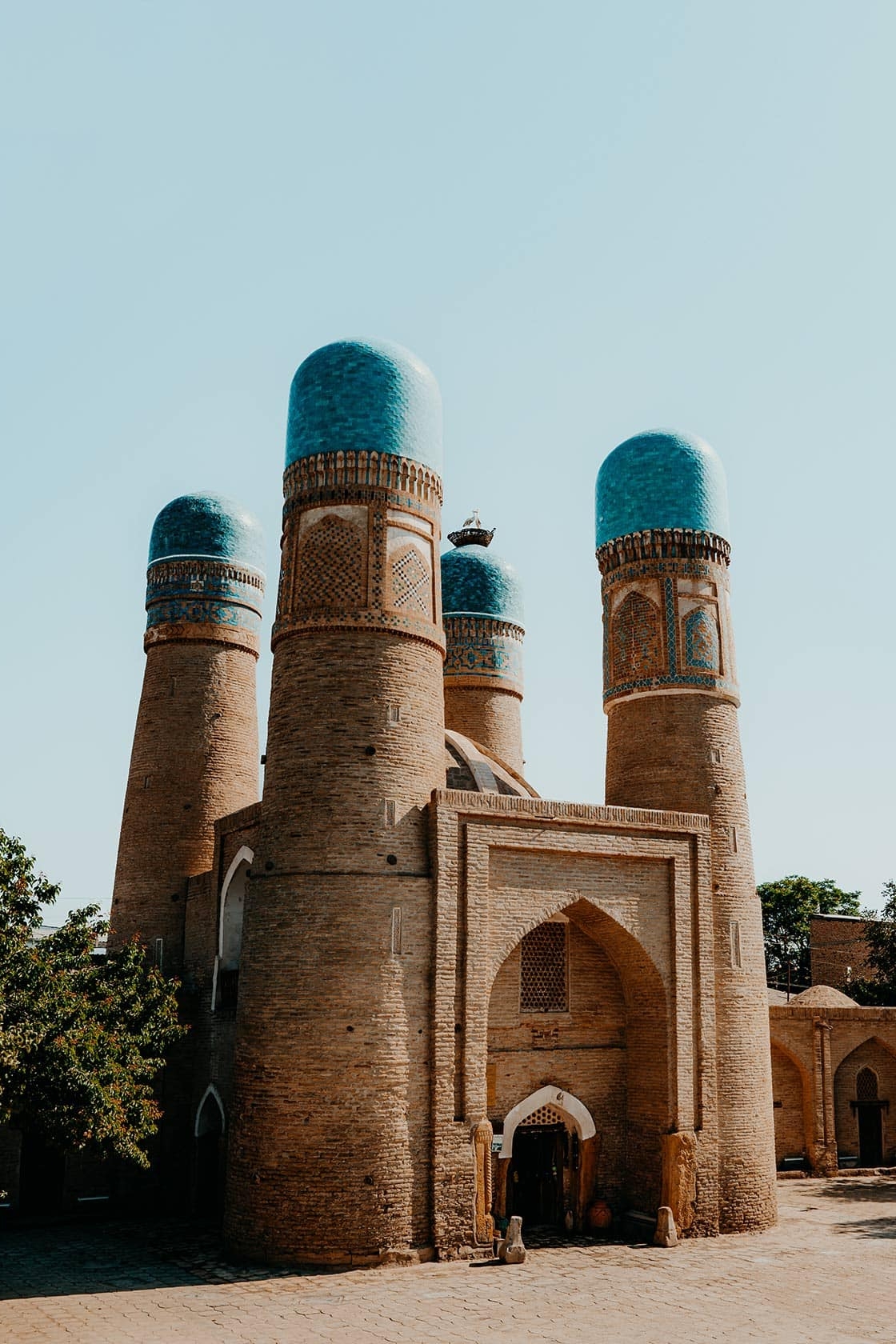
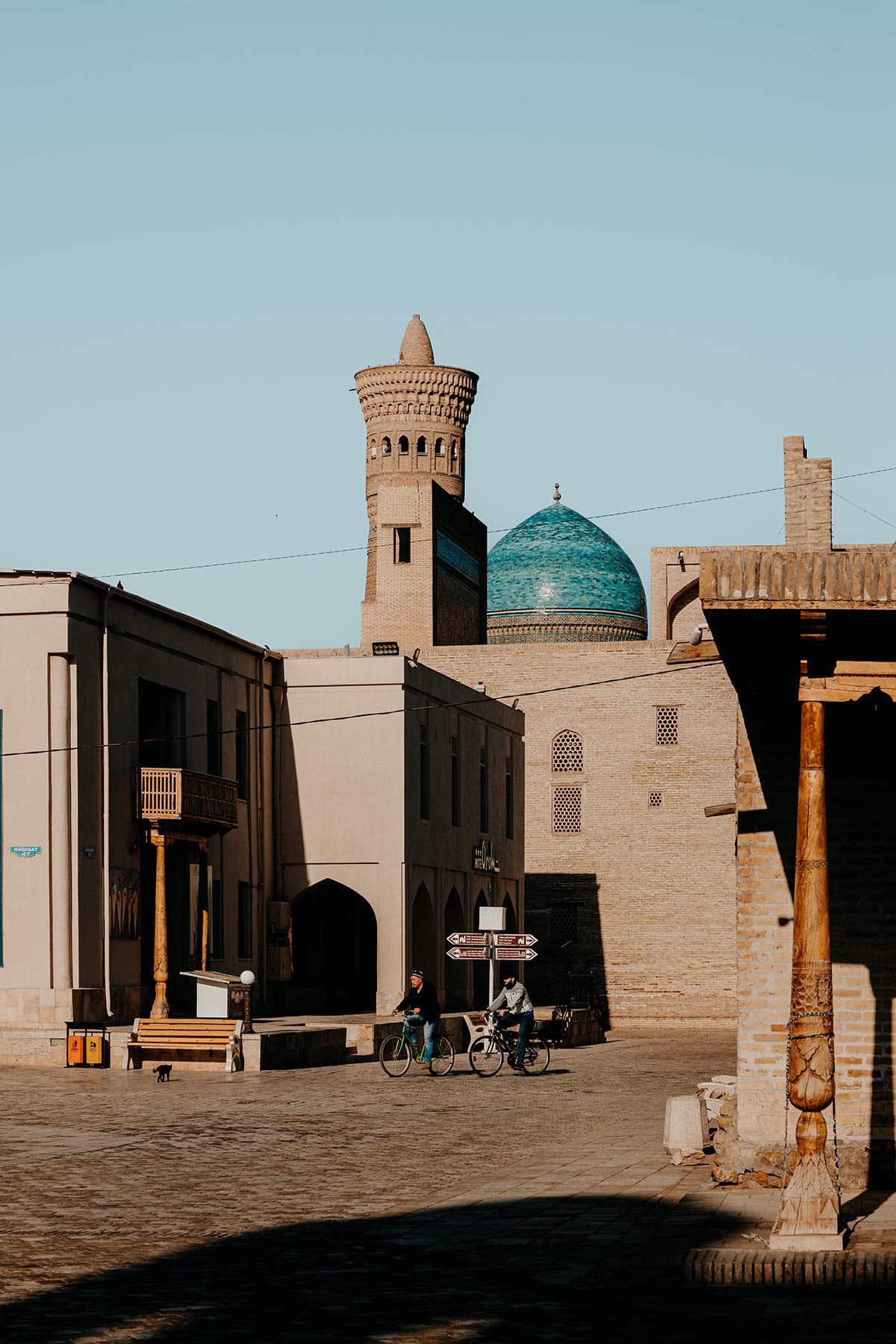
Where | Bukhara
Where to stay in Bukhara | I stayed in the authentic As-Salam Hotel, a lovely budget-friendly hotel in the heart of Bukhara Old Town. I also spent a night in the Wyndham Hotel before taking the night train to Khiva, which was super comfortable.
Search alternative accommodation options in Bukhara here.
How to get from Samarkand to Bukhara | Jump aboard the high-speed train, which takes you to Bukhara in around 2 hours. The high-speed train departs 3 times a day, and a ticket will cost you between 90,000 SOM (€7,-) and 155,000 SOM (€12,-). For up-to-date information, see here.
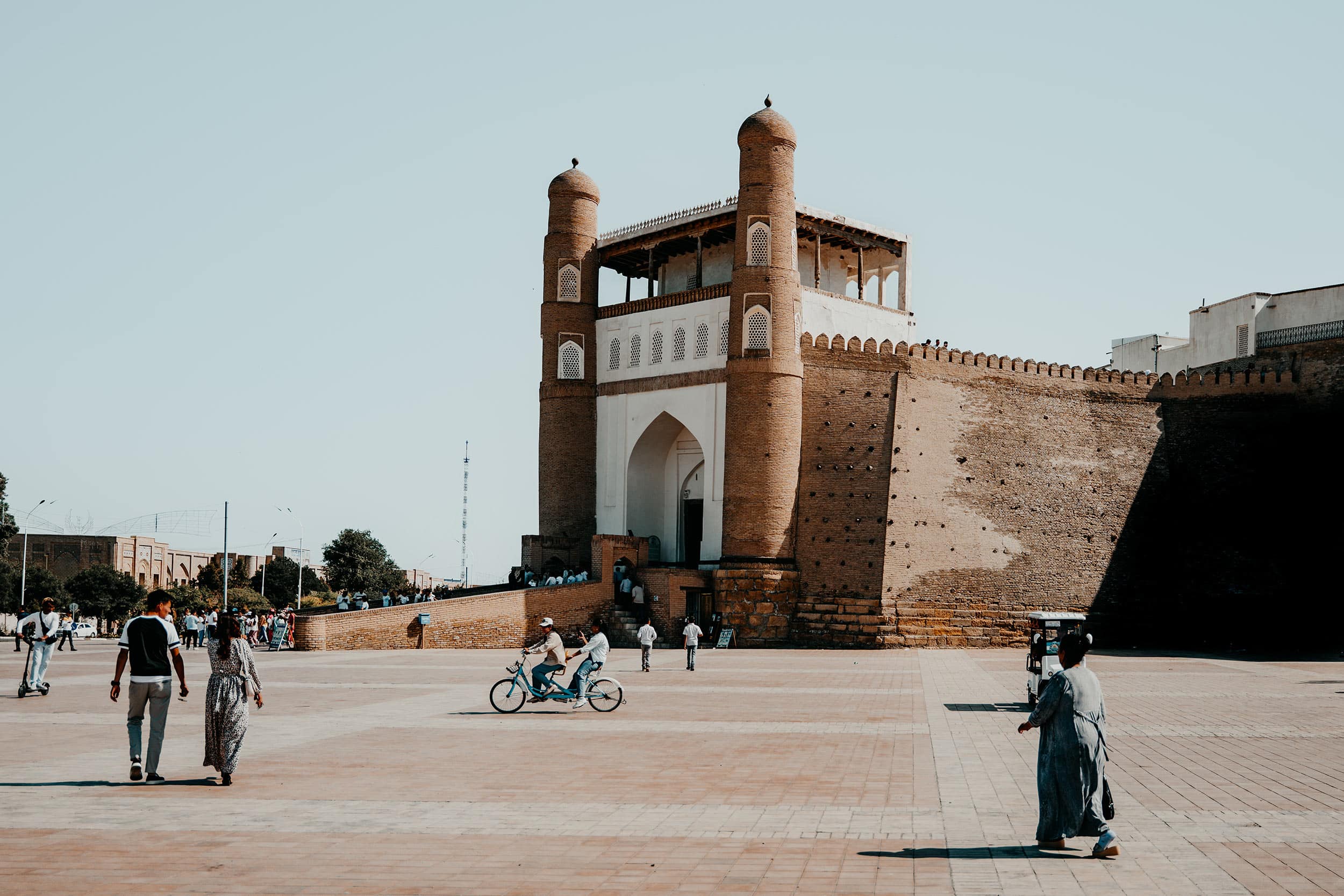
Day 9 – 10 | Board the night train from Bukhara to Khiva
Although it’s not a destination by itself, I truly believe that the journey from Bukhara to Khiva deserves a separate section in this itinerary, as this authentic train ride will most likely be one of the most memorable moments of your two-week trip through Uzbekistan.
A wise man once said; ‘It’s Not the Destination, but the Journey That Matters’.
These are the words of renowned poet Thomas Stearns Eliot, and I couldn’t agree more.
As you board the train in Bukhara at midnight, you’re up for an intense, yet truly authentic adventure, and believe me, not one you’ll easily forget.
Winding through the rugged Uzbekistan landscape, the overnight train from Bukhara to Khiva is certainly not your everyday train journey and will add a substantial touch of adventure to your travels here.
Warm, intoxicating, and rather cramped, the Platzkartny (shared sleeper) was the option of my choice, and despite a poor night’s sleep, the wagon here was the perfect environment to soak up the distinctive atmosphere that prevailed in the time-worn Soviet-style train.
After a journey of roughly 7 hours – and hopefully some shuteye – you will arrive in Khiva.
Since you’ll arrive in Khiva in the early morning, I’d highly recommend arranging an early check-in at your hotel of choice to get some well-deserved rest.
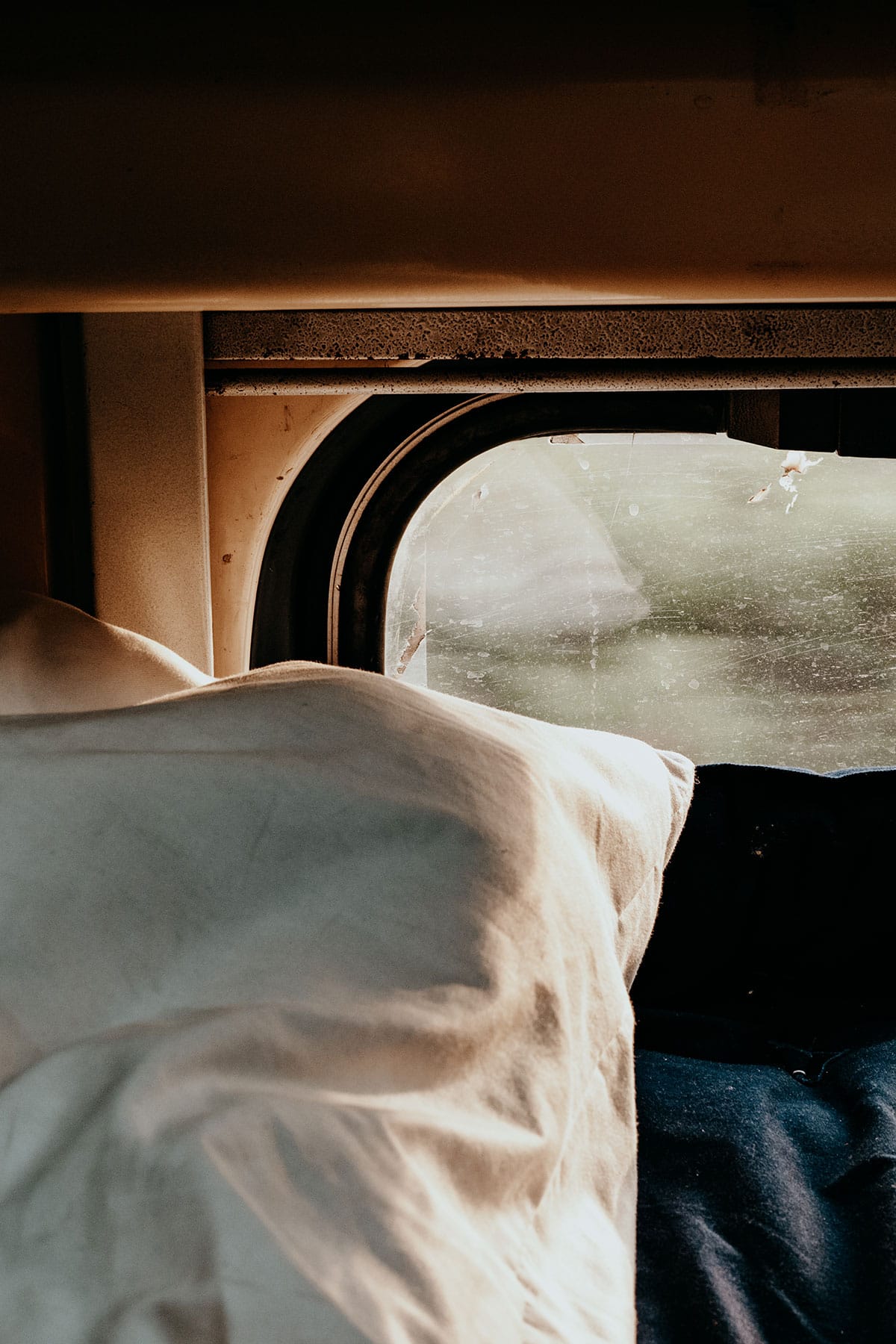
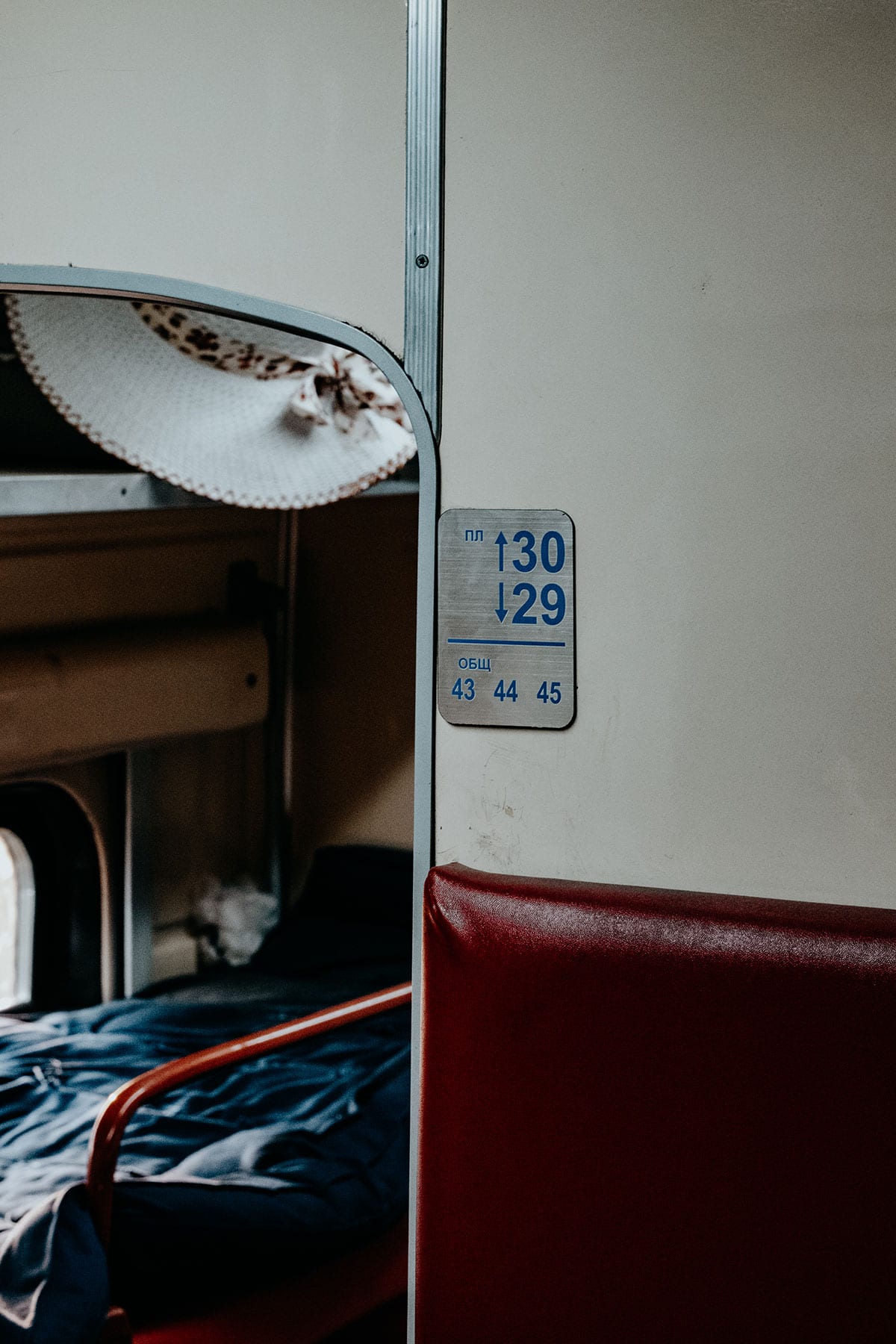
Where | Bukhara 1 train station
Where to stay in Bukhara | As mentioned above, I spent my last night in Bukhara at the Wyndham Hotel and booked a late checkout to have some rest and extra comfort before embarking on the train journey to Khiva. Prices and availability here.
Where to stay in Khiva | I stayed in Orient Star Khiva, and arranged an early check-in for my first day, and I would highly recommend you do the same. Prices and availability here.
How to get from Bukhara to Khiva | The Bukhara to Khiva train departs daily at 0025 and will set you back around 140.000 SOM (€11,-) per person. Tickets can be booked through 12go.Asia.
Plan | Take a look at my guide to travelling by train in Uzbekistan for all the essentials.
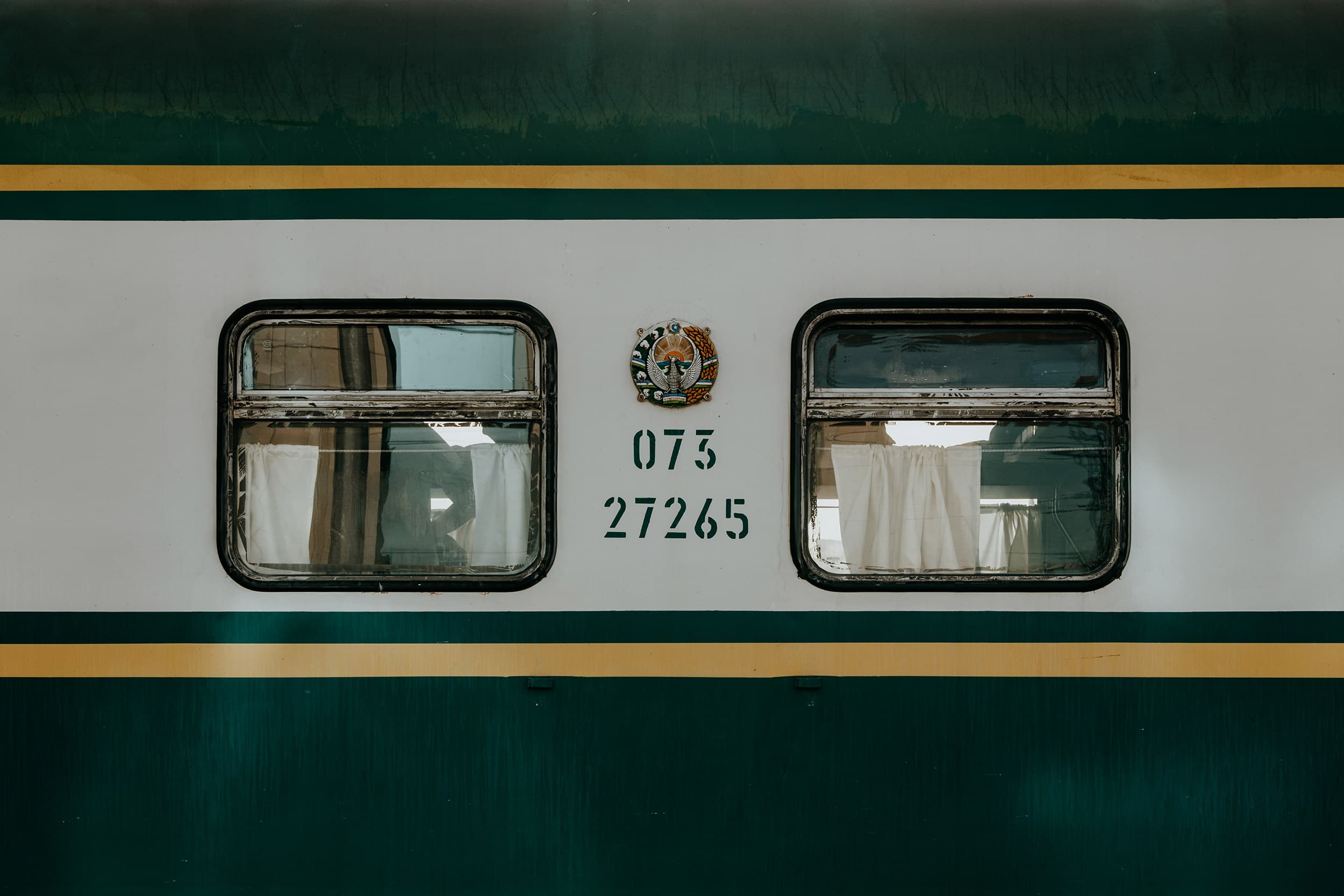
Day 10 – 13 | Khiva
With a slightly intense train journey under your belt, and most likely only a little amount of sleep, you will arrive in the beautiful city of Khiva, where I’d suggest you first take some well-deserved rest, before exploring the town’s many architectural wonders.
While Samarkand and Bukhara may be the most popular of cities in Uzbekistan, I firmly believe that Khiva provides the most accurate representation of how the Silk Road must have been during its heydays.
Giving you the impression as though you’ve been transported to a completely different era, Khiva’s Itchan Kala (Khiva old town) could easily be described as a large open-air museum, with plentiful intricate azure domes, towering minarets, unique clay buildings and ornate mausoleums.
It’s a living example of the legacy and grandeur of the ancient Silk Road, and the first place in Uzbekistan to be inscribed as a UNESCO heritage site.
However, since Khiva is also one of the most remote places to visit in Uzbekistan, travellers often make the mistake of leaving it completely out of their Uzbekistan itinerary.
With over 50 historical sites dotted throughout Itchan Kala’s time-worn laneways, I believe skipping this extraordinary city along the legendary trade route is an absolute mistake, and everyone travelling to Uzbekistan should spend at least 2 full days here.
Since Khiva is rather compact and easy to navigate, it’s completely possible to explore it on a roam without a plan – however, having some sort of structure is always handy.
Some of my favourite things to see and do in Khiva include:
- Stroll through the picture-perfect streets of Itchan Kala – Khiva Old Town
- Watch over Itchan Kala from the Khuna Ark
- Sample all the Lula Kebabs
- Admire intricate wood carvings and painted ceilings at the Tash Hauli Palace
- Climb the towering Khoja Minaret and admire the stunning views over Khiva
- Visit the Jumaa Mosque – and admire the 212 wooden columns
+ Read more | Make sure you check out my in-depth guide to Khiva for inspiration, travel advice and all the essentials.
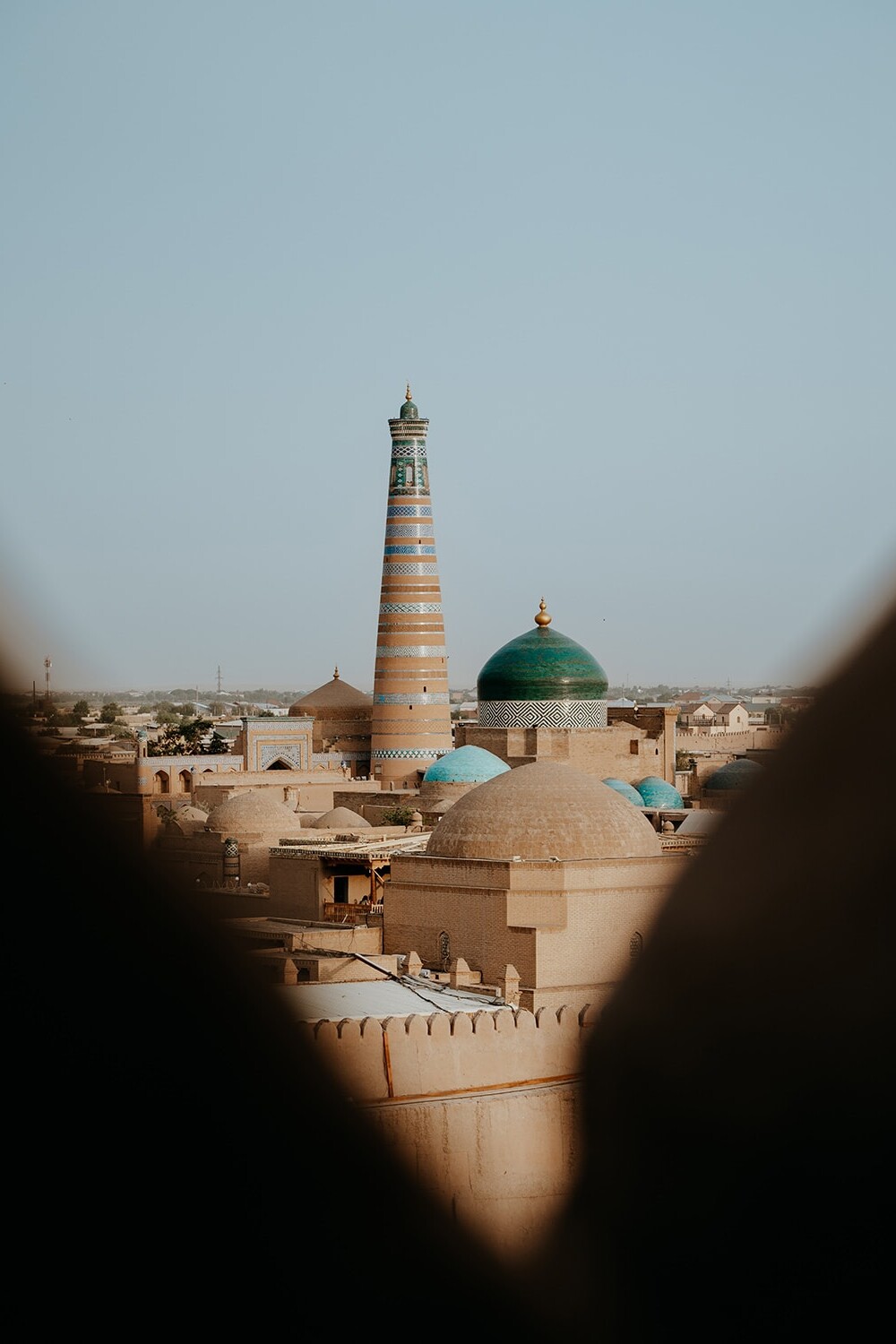
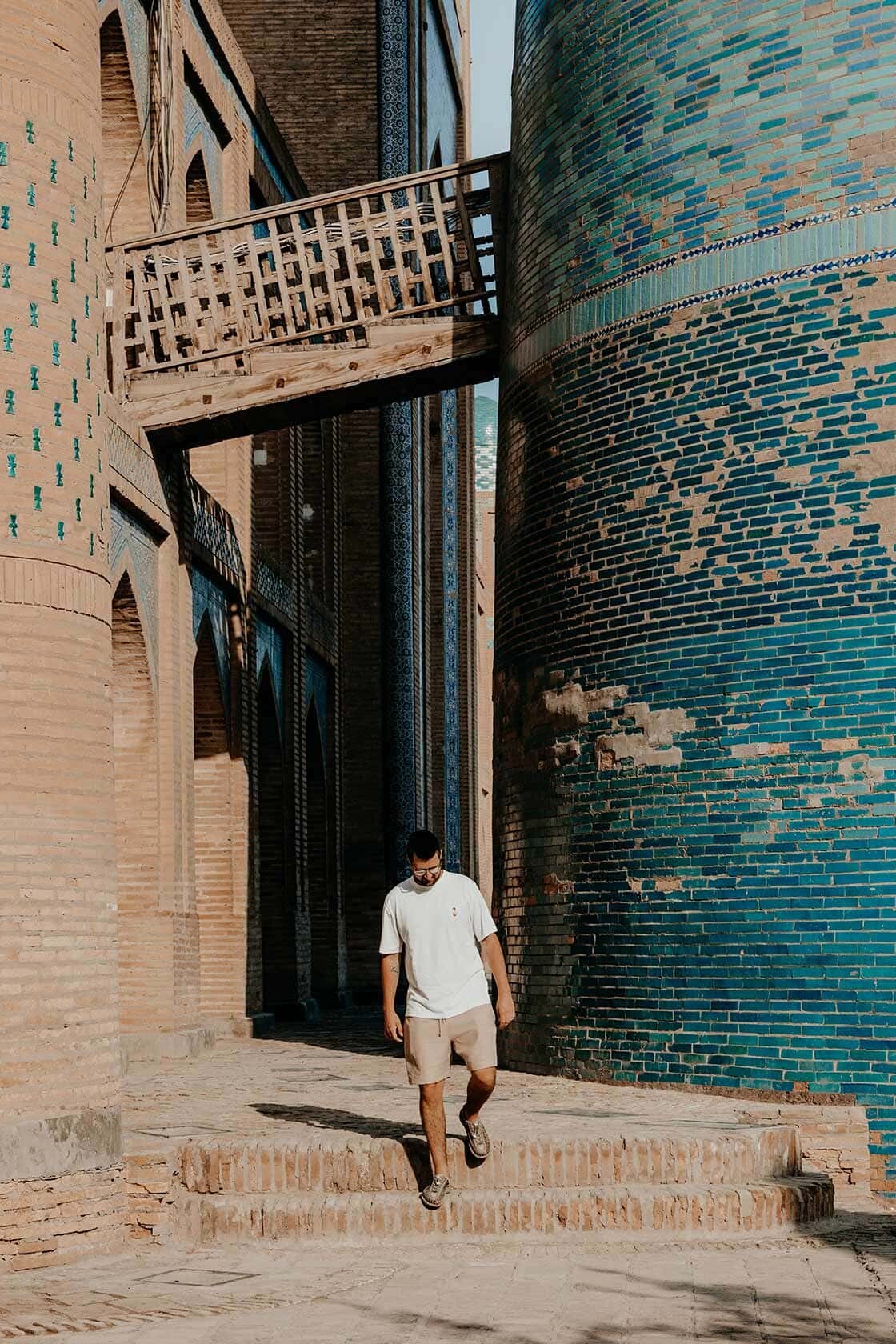
Where | Khiva
Where to stay in Khiva | I opted for Orient Star Khiva, an authentic hotel set within the ancient Madrasah Muhammad Aminkhan. Prices and availability here
You can find alternative accommodation in Khiva here.
How to get from Khiva to Tashkent | Catch a 1.5-hour domestic flight from Urgench to Khiva. Tickets should cost around 1,000,000 SOM €75,- and can be purchased on Skyscanner.
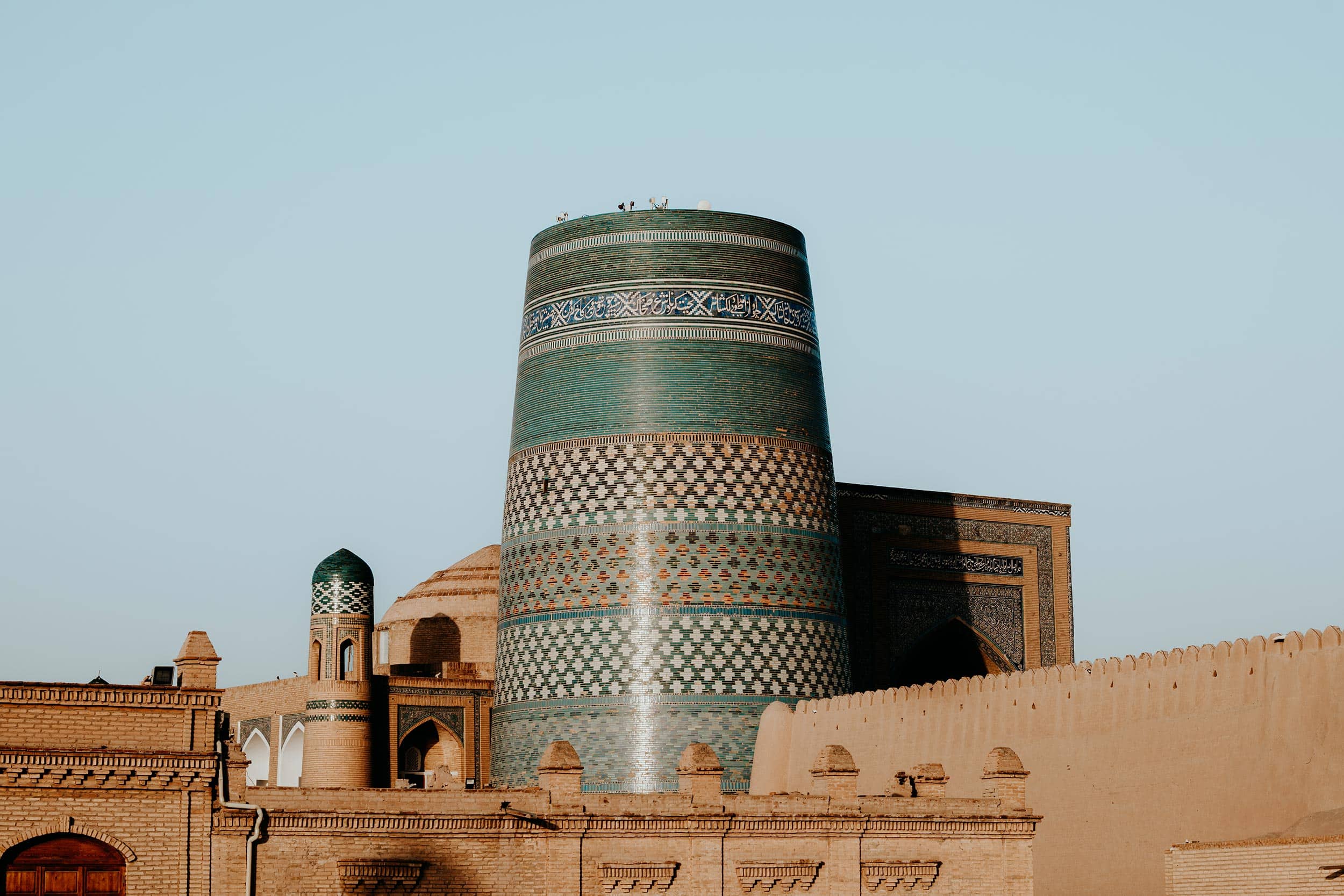
Day 13 – 14 | Tashkent + fly home
After some exciting days in Khiva, it’s time to catch a domestic flight from Urgench to Tashkent – which will save you a lot of time and will allow you one additional day to explore or relax in Uzbekistan’s lively capital city.
Whether you book a luxurious hotel to enjoy some comfort before your journey home, go in search of your last bits of exceptional Central Asian cuisine, or wish to visit some of the places you didn’t make it to on your first few days in the city, your last day in Uzbekistan is all about wrapping up your incredible Uzbekistan trip in a relaxing and convenient manner.
If you’re looking for some final inspiration for your last explorations around Tashkent, make sure you give my guide to the best things to do in Tashkent (coming soon) one more read here.
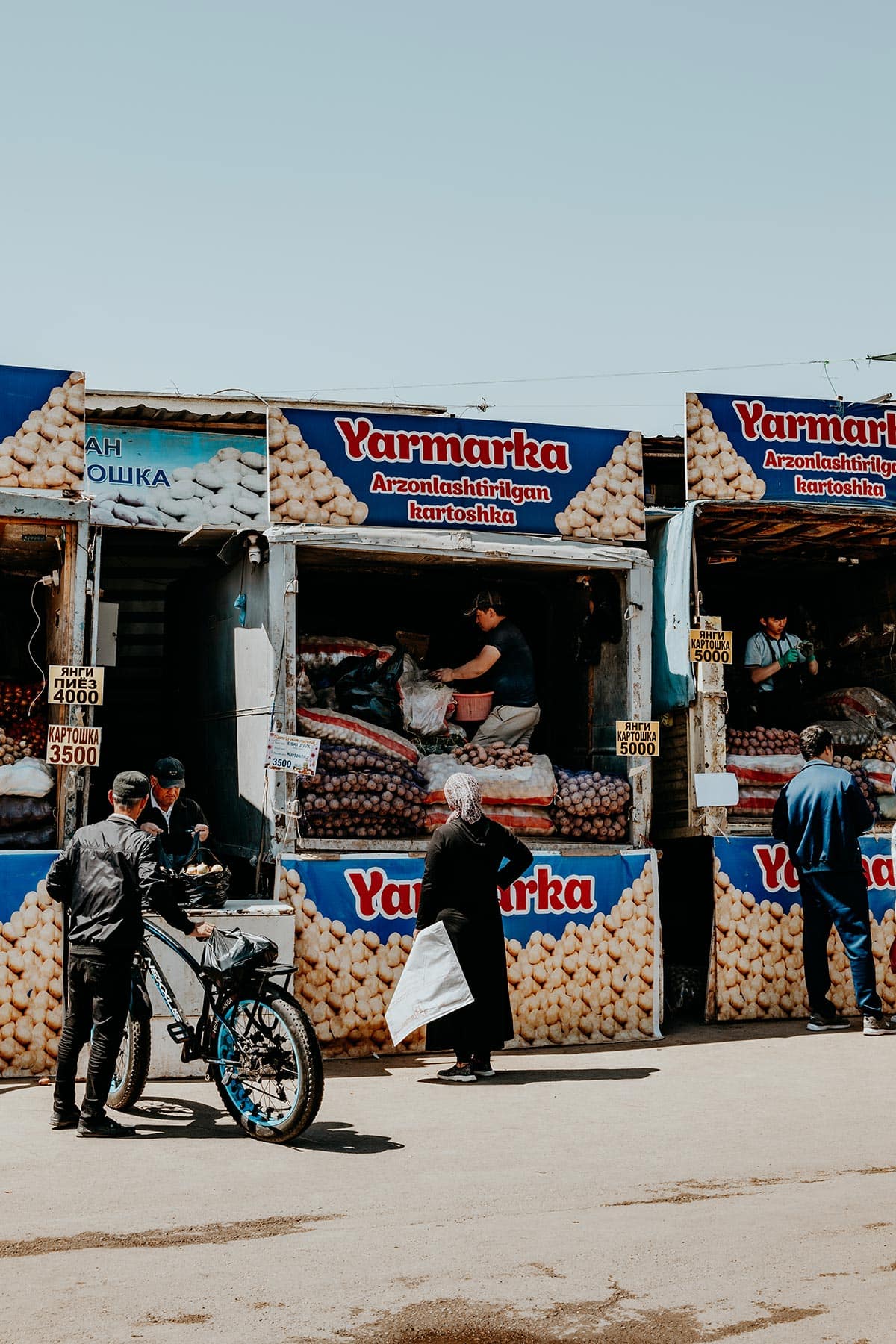
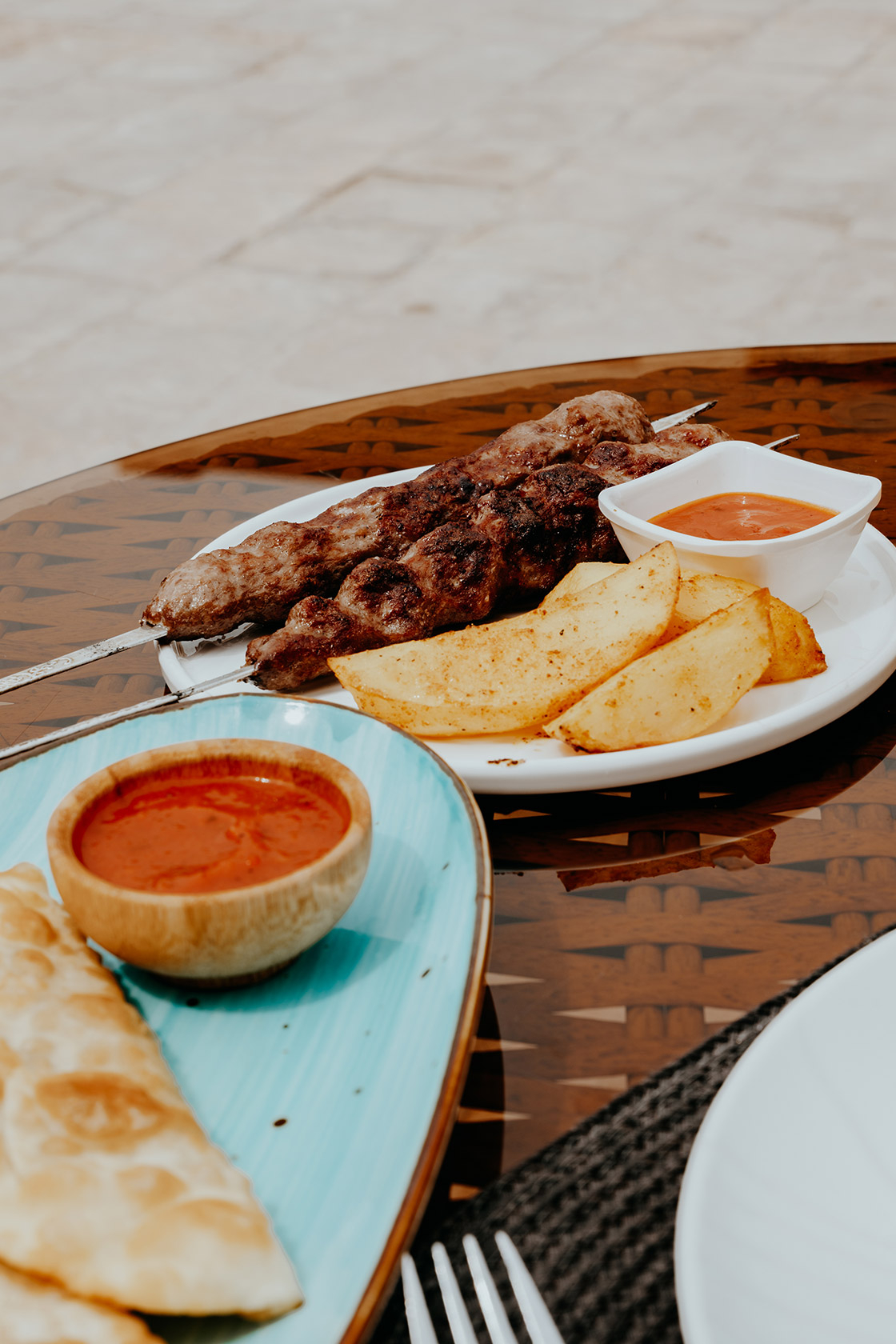
Where | Tashkent
Where to stay in Tashkent | I chose to enjoy the comfort of Hyatt Regency Tashkent for one more night, before catching my international flight back home. Prices and availability here
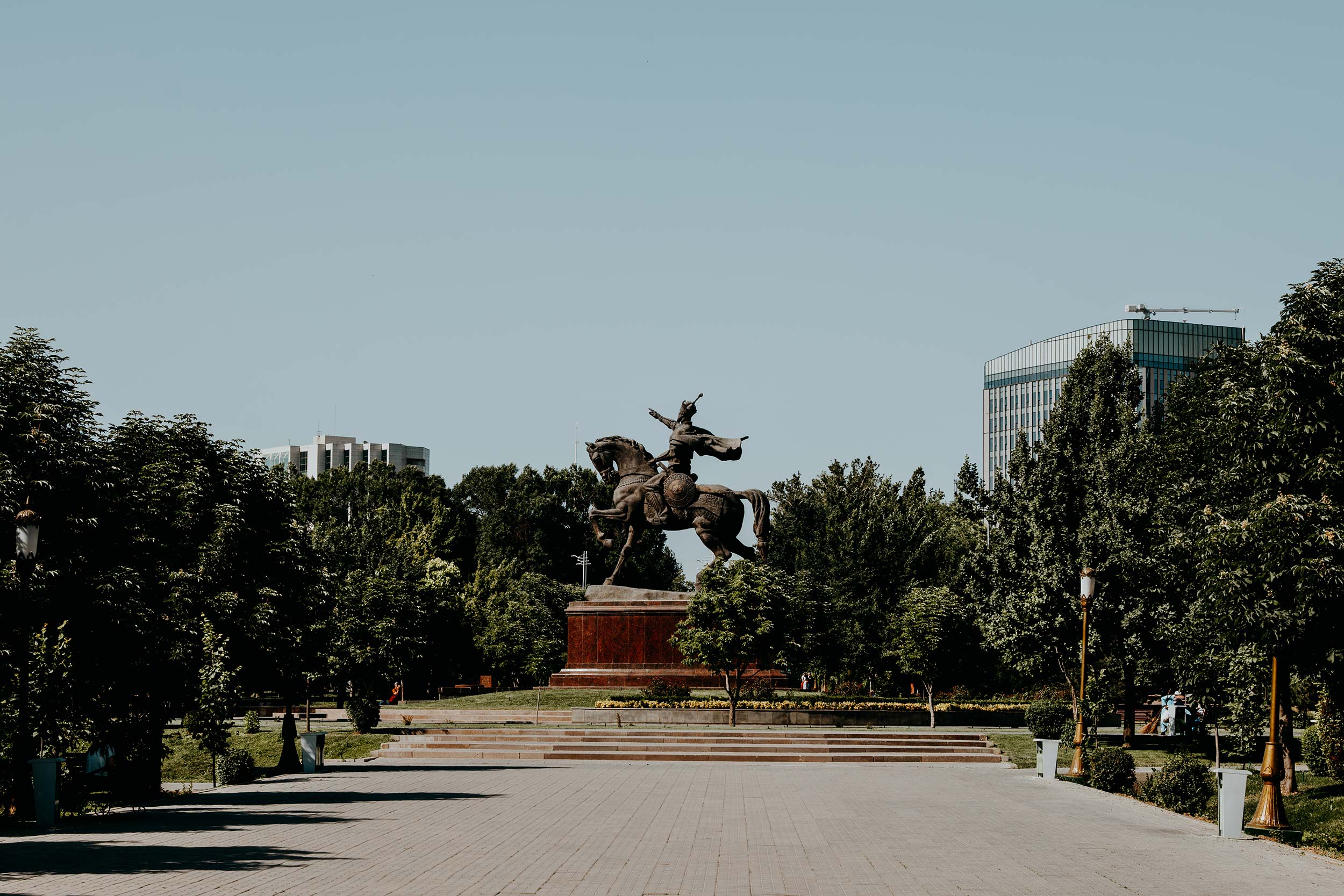
Uzbekistan itinerary | The essentials
The best time to visit Uzbekistan
While Uzbekistan is gifted with the most incredible architectural masterpieces that could be visited year-round, this doesn’t imply that it’s a pleasant destination at any time of year.
In reality, Uzbekistan will be scorching hot in summer, when temperatures soar well over 40 degrees Celsius, while during the winter months, the temperature could dip far below freezing.
For that reason, I believe the absolute best time to visit Uzbekistan is either in spring (April to June) or autumn (late August to October), when the temperature is warm and pleasant, yet not too extreme.
Timing your visit for the shoulder seasons means that you’re more likely to enjoy the many sights without having to find cover from the burning sun all the time.
I visited Uzbekistan in May and couldn’t have wished for better circumstances to discover this incredible country and its many historical sights.
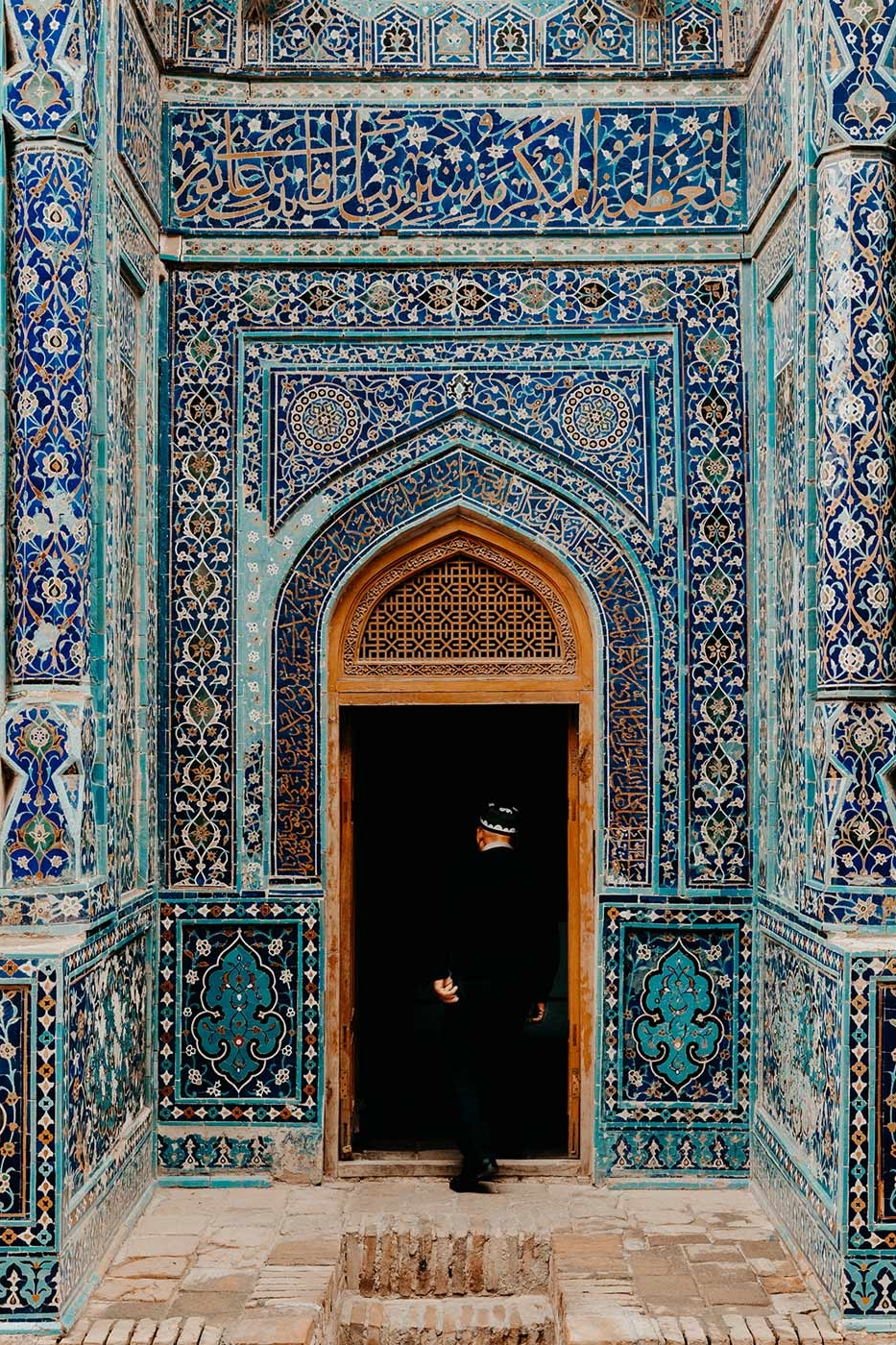
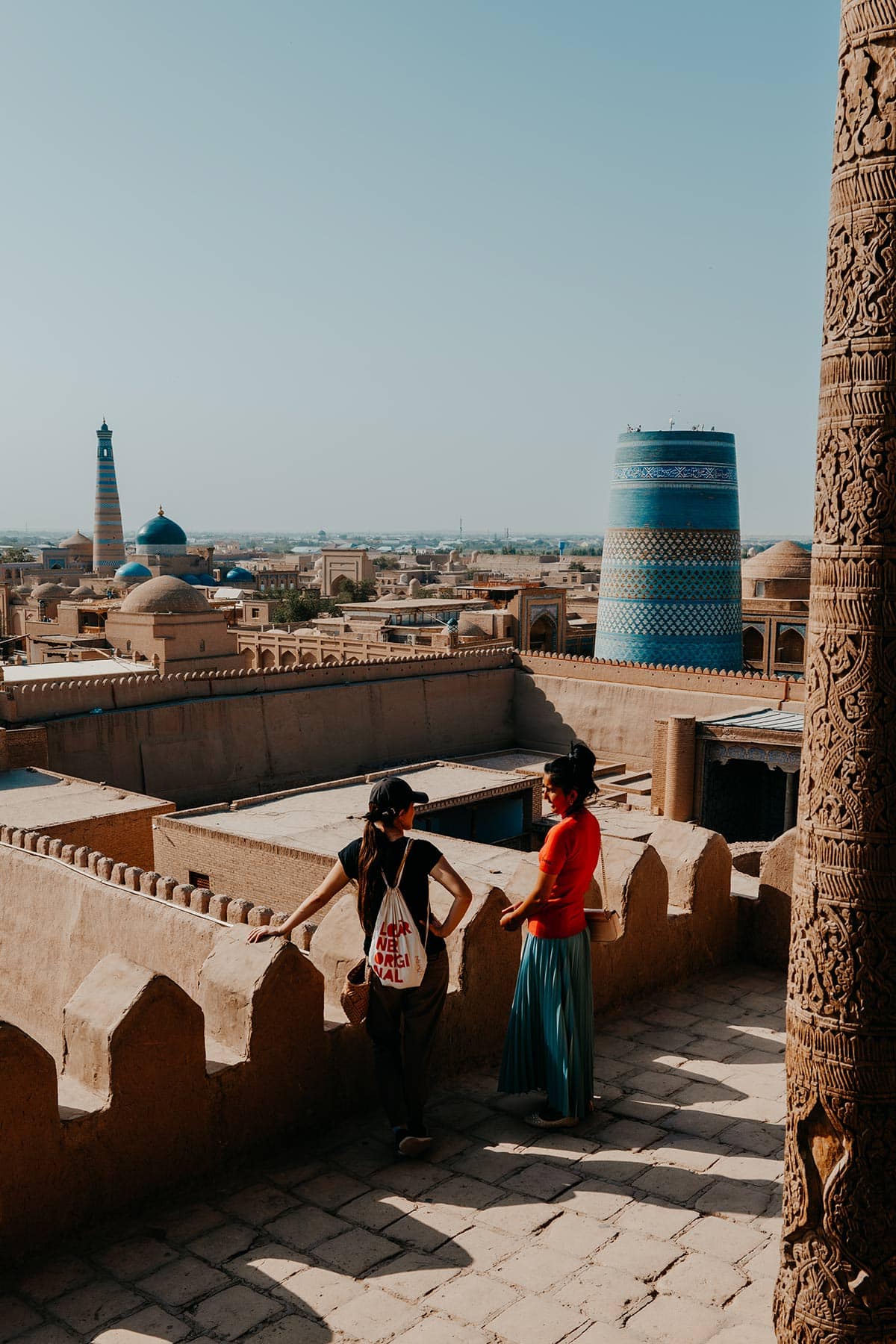
How to get to Uzbekistan
Though Uzbekistan is a relatively offbeat destination, it’s quite well-connected to the rest of the world, with the Tashkent International Airport as the primary gateway to the country.
While it’s reasonably small, the airport is well-kept and hosts a great variety of international flights, including those from major hubs in Europe, North Africa, North America, the Middle East, and Asia.
If you’re looking to find a flight to Uzbekistan, I would advise using Skyscanner, a super easy-to-use website that lets you compare a large selection of airlines and travel companies, allowing you to find the best possible rates.
From the airport, it takes about 30 minutes to reach the city centre by taxi, which is best booked through the app Yandex Go and should cost no more than 25,000 SOM (€2,-).
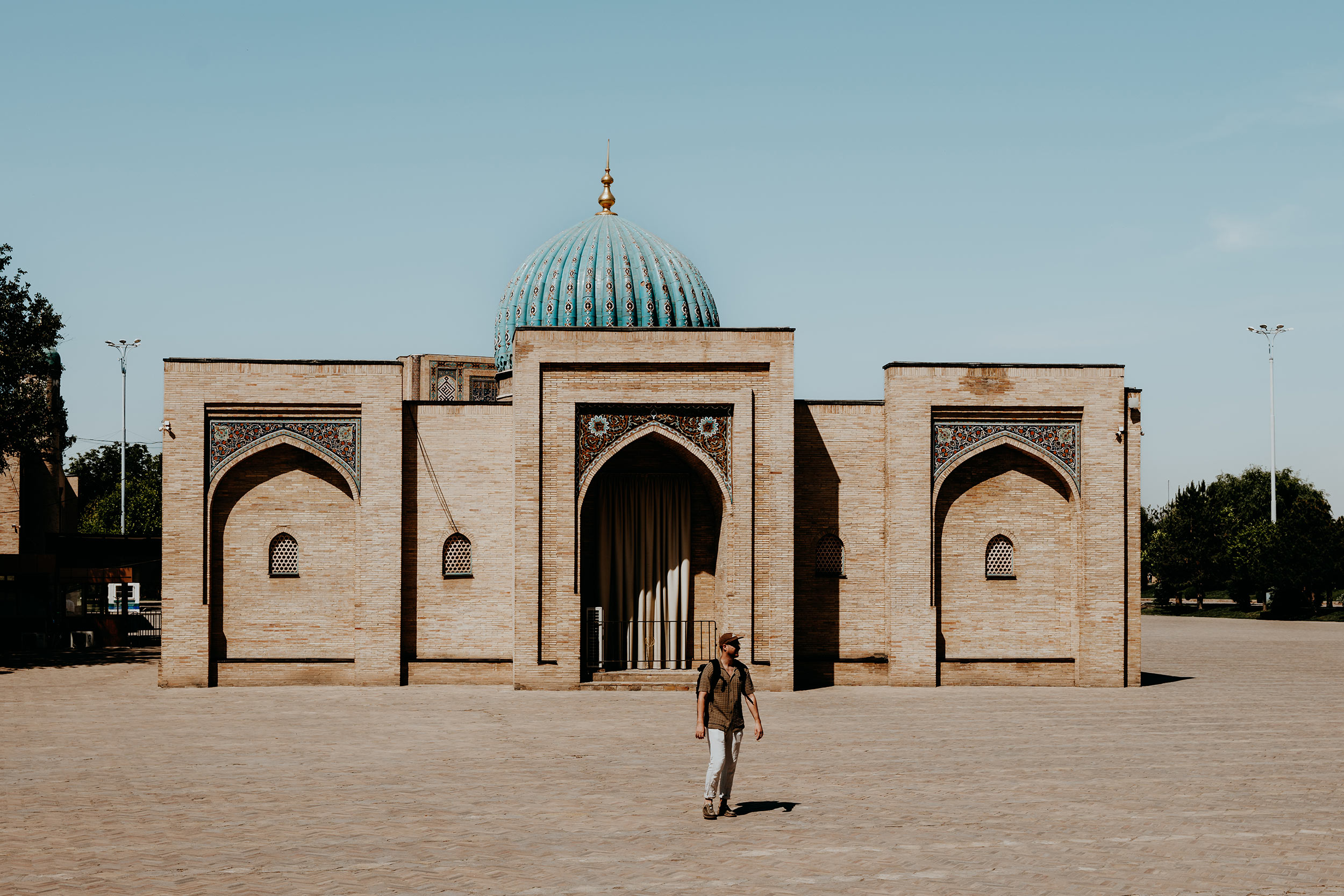
Transport | How to get around Uzbekistan
Due to Uzbekistan’s extensive geography (Uzbekistan stretches over roughly 1,400 kilometres from west to east), you will notice that you’ll have quite a lot of ground to cover when travelling through the country.
Luckily for you, getting around the country is super convenient, affordable and relatively fast.
By train
A name such as the Silk Road might imply that travelling here runs smoothly, which is, in fact, quite true thanks to Uzbekistan’s exceptional rail network.
Rivalling the neatness and comfort found in European trains, the Afrosiyob train is a 210km/h high-speed train that runs daily between Uzebkistan’s major destinations, including Tashkent, Samarkand and Bukhara.
With comfortable spacious seats, USB and power plugs, and the most friendly crew members, travelling through Uzbekistan by train is, in my opinion far more comfortable than taking the plane.
However, when you’re planning to travel to Khiva (which you should), things are a little different.
Those venturing to Khiva will notice that you could only get there by taking the Soviet-style sleeper train, which to me is an authentic experience, if not a little time-consuming.
Since tourism in Uzbekistan is still growing at a rapid pace, acquiring train tickets online can be quite a challenging task.
If you want to learn more, I have an in-depth guide on travelling by train in Uzbekistan (coming soon) which can be found here.
By plane
While I would pick travelling by train over travelling by plane in most cases, I would highly recommend taking a flight from Khiva to Tahskent, or the other way around depending on your itinerary.
The reason for this is that the train connection between Tashkent, Samarkand and Bukhara is by far the most convenient option. You also don’t have to be at the airport at least 2 hours early, and it’s the world’s most sustainable mode of transport, which is great too.
If you do prefer travelling the country by plane, you could also opt for domestic flights between all of the major cities in Uzbekistan, although I can’t stress it enough to make use of the excellent high-speed trains instead.
The domestic flights within Uzbekistan are operated by Uzbekistan Airways, and while you shouldn’t have the highest expectations, it’s actually quite affordable and convenient to fly with.
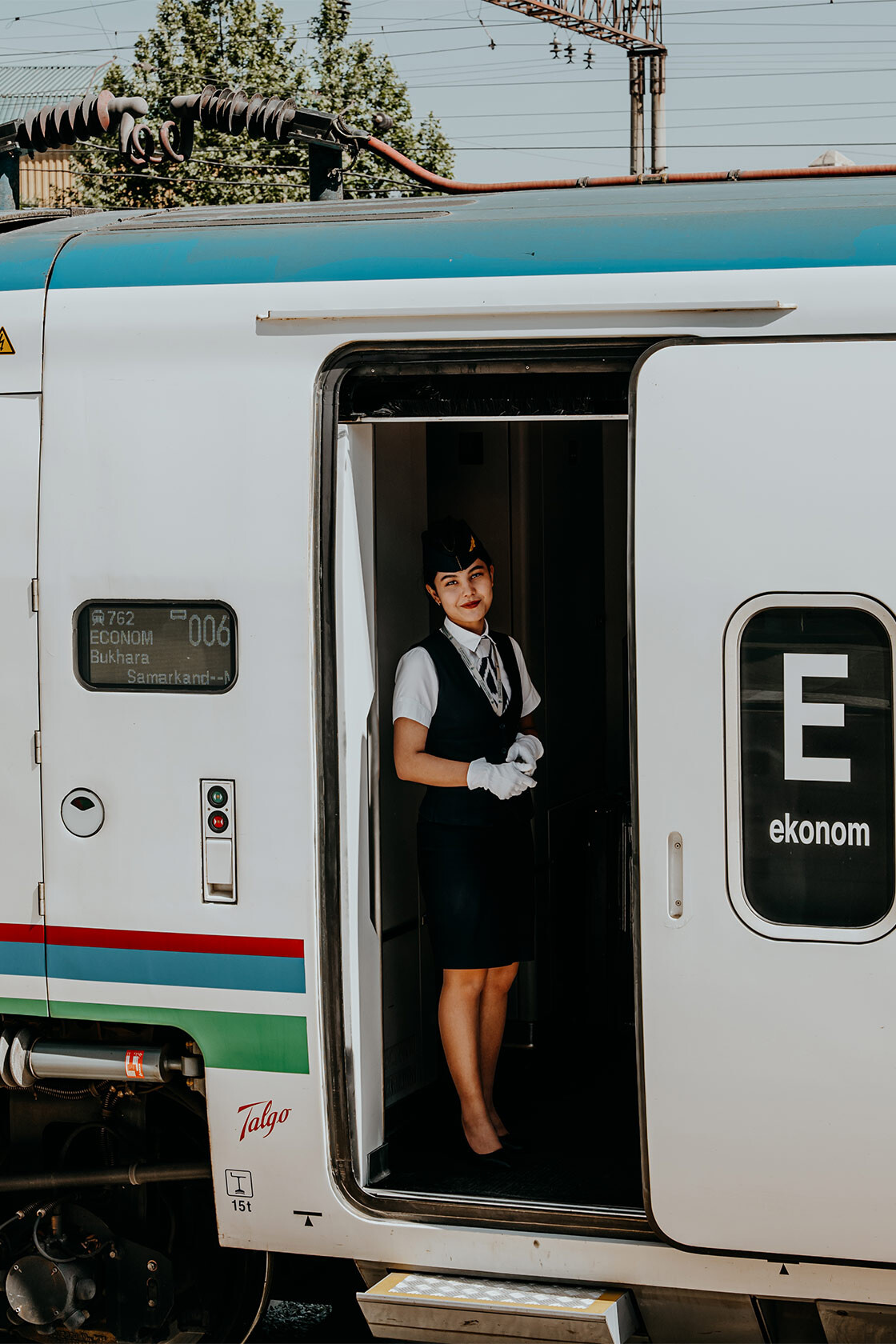
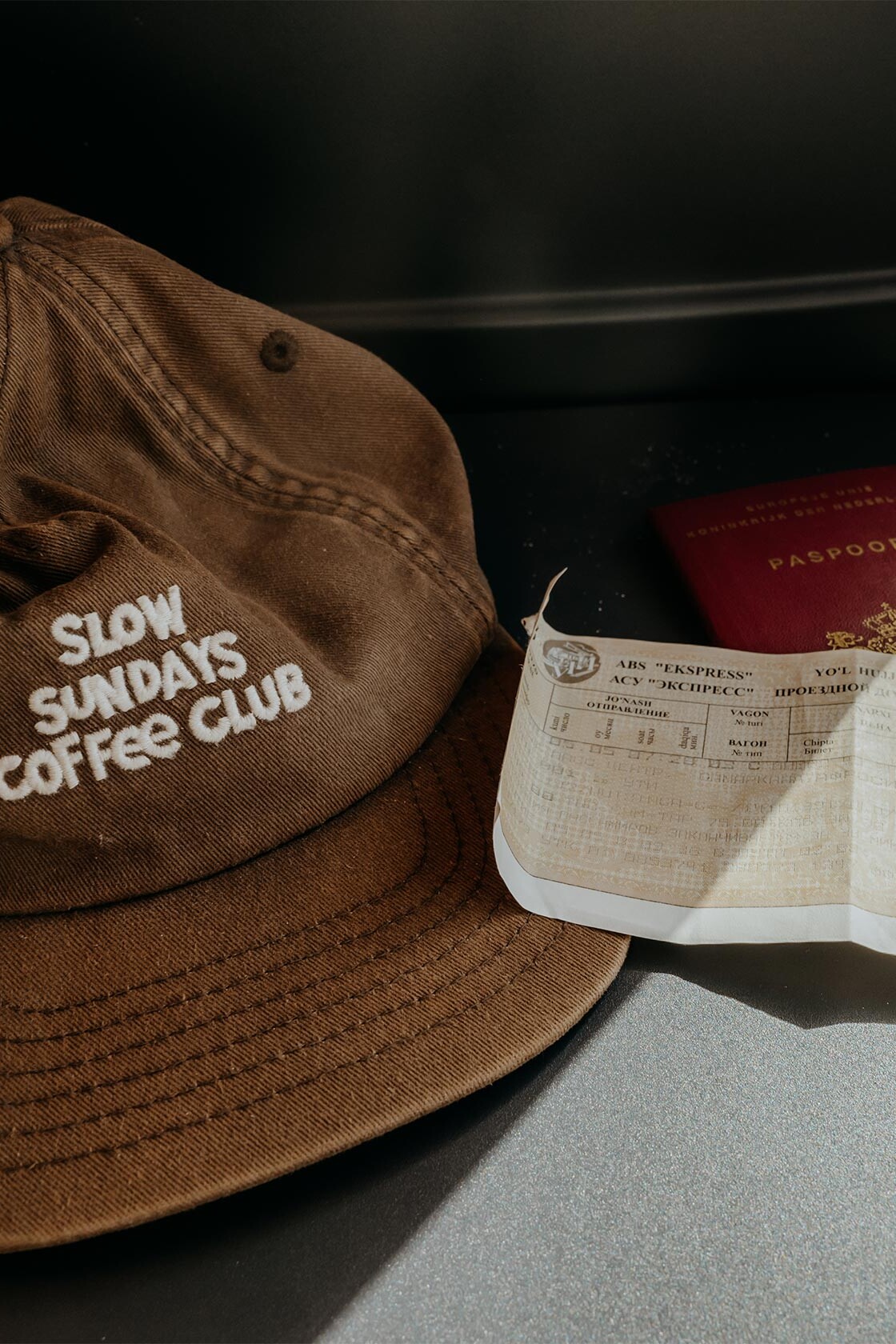
Uzbekistan travel essentials
While Uzbekistan is extremely convenient for travellers, travelling here will come with a unique set of needs, meaning you have to prepare a little before embarking on your journey.
Some items I recommend include:
Uzbekistan SIM card | First things first. Upon arrival in Uzbekistan, I highly recommend buying yourself a local SIM card with a data plan, given it will make anyone’s travels here significantly more convenient. Curious about the details? Read my guide to a Uzbekistan SIM card here.
Reusable water bottle | One travel essential that I carry with me at all times is the Grayl Geopress. This reusable water purification bottle allows me to fill up water from nearly every water source, making it one of my best investments to date.
Sun protection | Since Uzbekistan will most likely be fiery hot during the peak travel months, I’d highly recommend bringing quality sunscreen with at least 30SPF and a hat to cover your head.
A Powerbank | When travelling through Uzbekistan, you don’t want to risk being in an uncharted area with an empty device in your hands. For that reason, I believe it’s crucial to carry a power bank with you at all times.
Earpods or headphones | If you’re following this itinerary, I can’t stress it enough to bring some high-end earpods or headphones, given the journey from Bukhara to Khiva by night train can be quite hectic happening.
Camera gear | Like most places in Uzbekistan, Khiva is truly stunning, meaning loads of incredible photography opportunities will arise when exploring. For that reason, I’d highly recommend bringing your camera gear, so you can capture loads of photos while there. If you’re curious to learn about my photography gear, make sure you give my ‘What’s in my Camera Bag’ guide a read too.
Leave no footprints | During my travels in Uzbekistan, I noticed that the cities and their people are really neat when it comes to cleanliness and littering. It’s up to us to respect the locations we’re visiting and keep it that way.
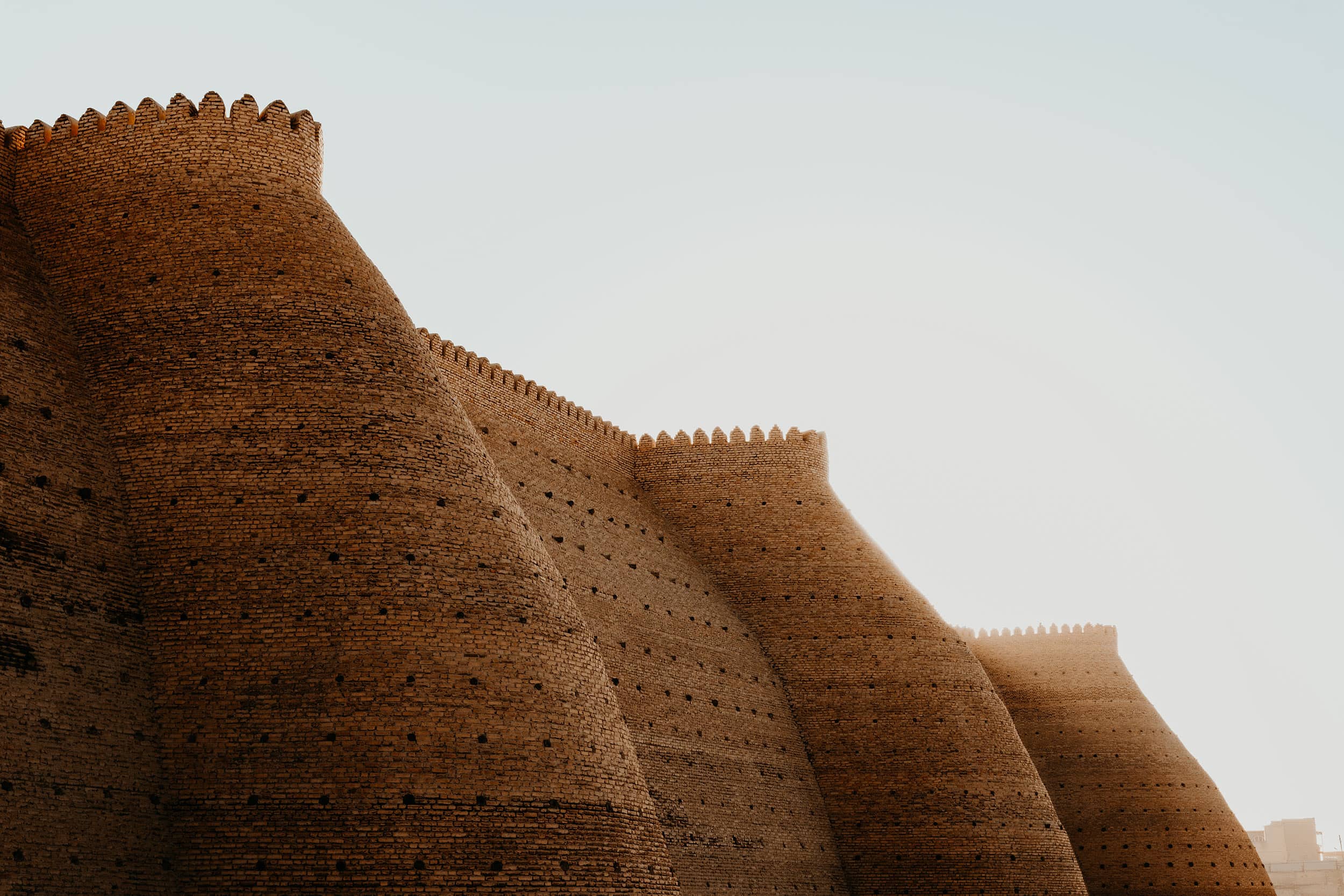
Safety in Uzbekistan | Travel Insurance
When travelling this big wide world, I never go on an adventure without my essential travel insurance sorted out, and though I never felt unsafe in Uzbekistan, I advise anyone travelling here to do the same.
While I believe it’s unlikely to experience any problems when following the suggestions in this itinerary, something unfortunate could happen at any given time, whether it’s an injury, a stolen camera, or an unforeseen cancellation.
For travel insurance, I use Heymondo, as they offer full COVID-19 coverage, as well as a handy app with 24-hour medical assistance. Make sure you check it out – readers of WTSW receive 5% off any insurance policy too.
Cheers!
I’ve been on this travel blogging journey since 2019.
If you appreciate what I do here, these are some ways you can support me.
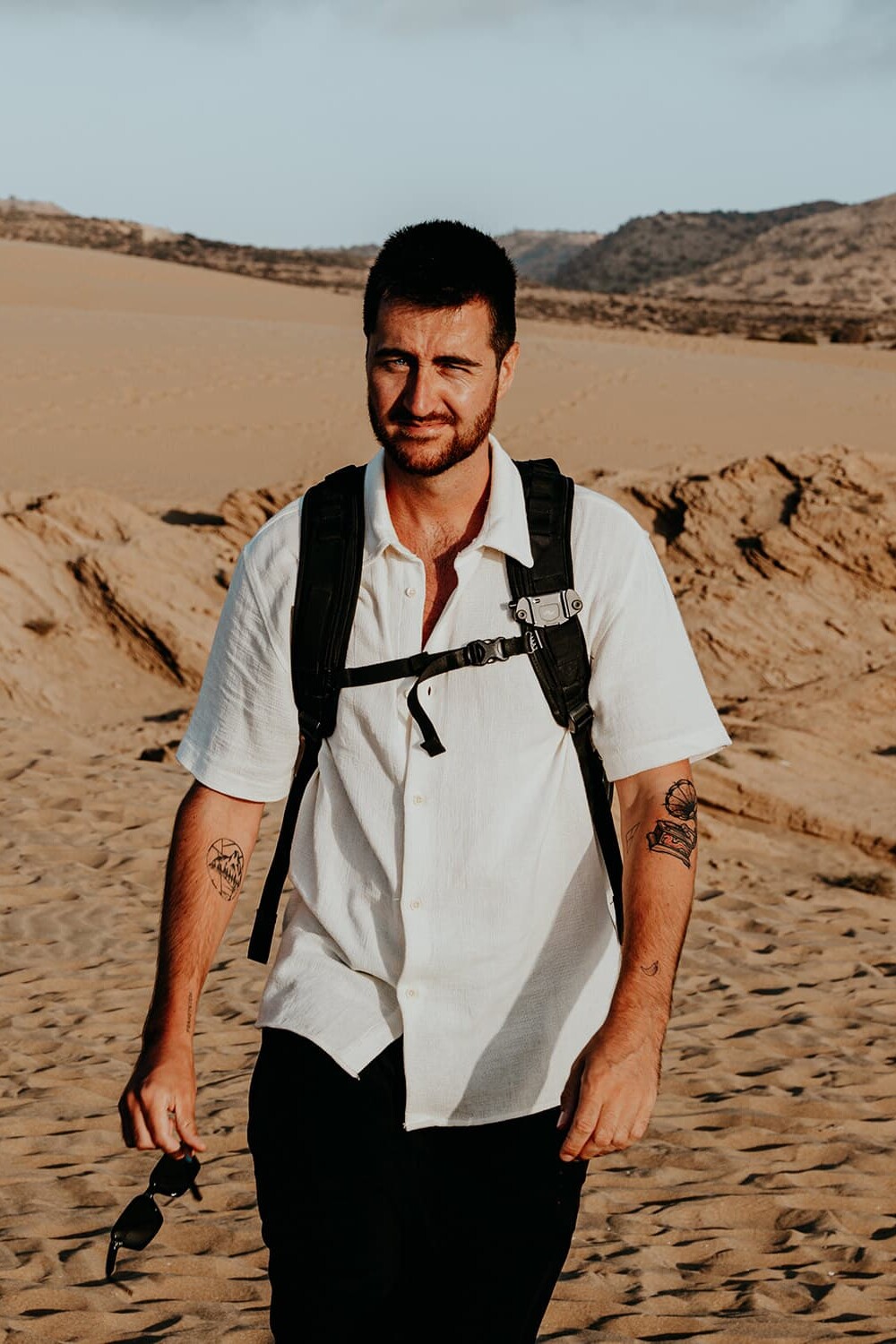
Plan your Uzbekistan itinerary with these essential guides
